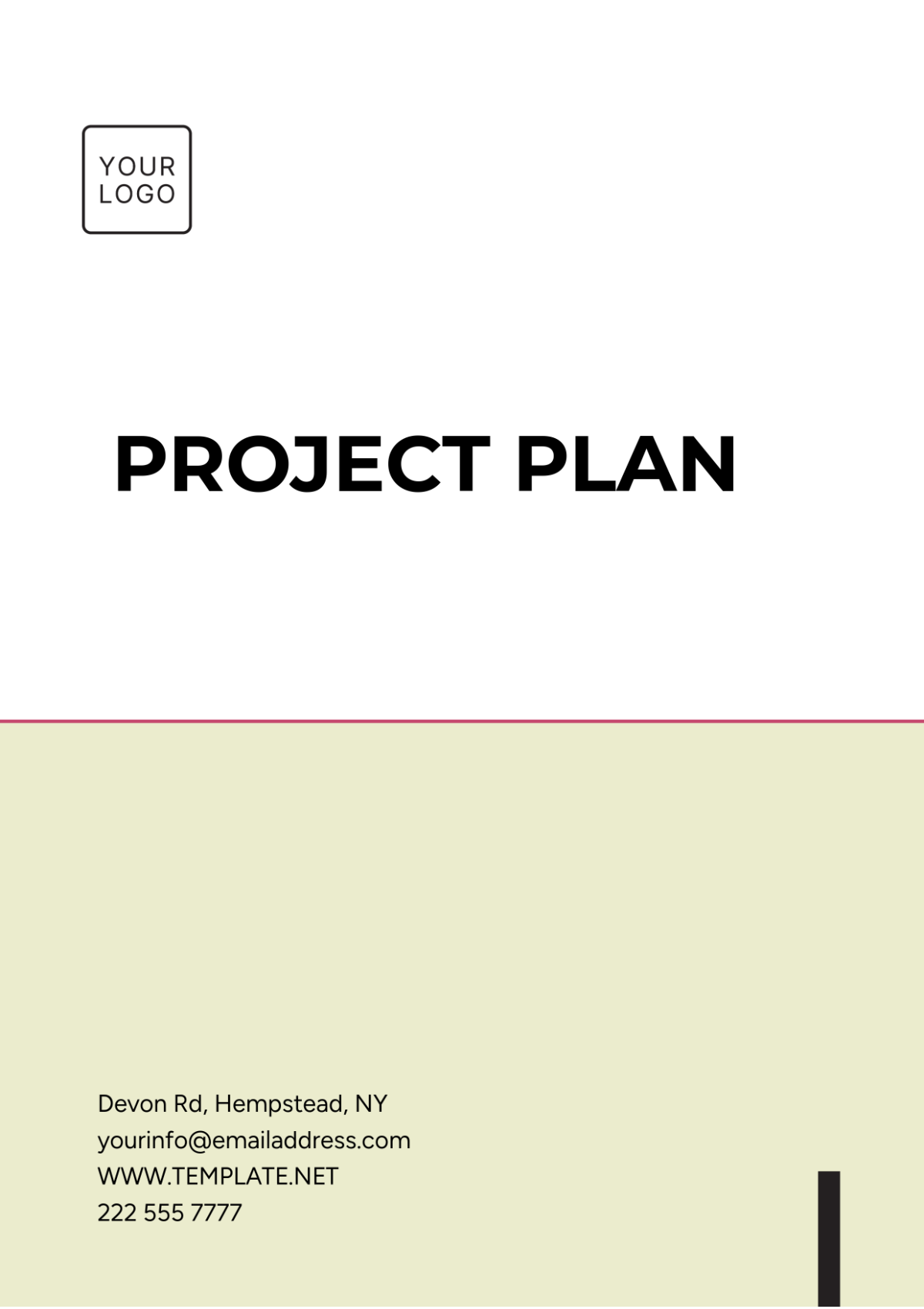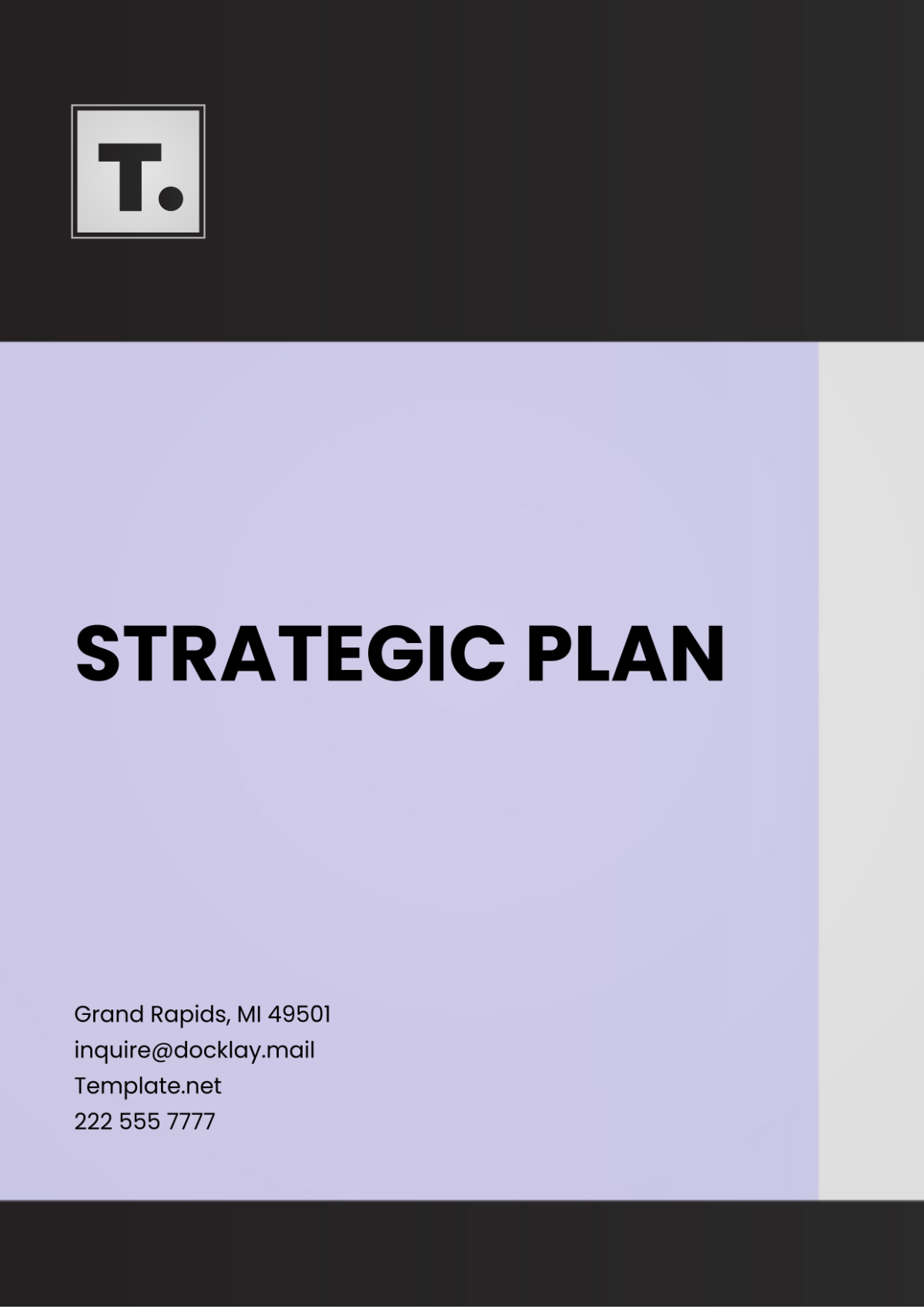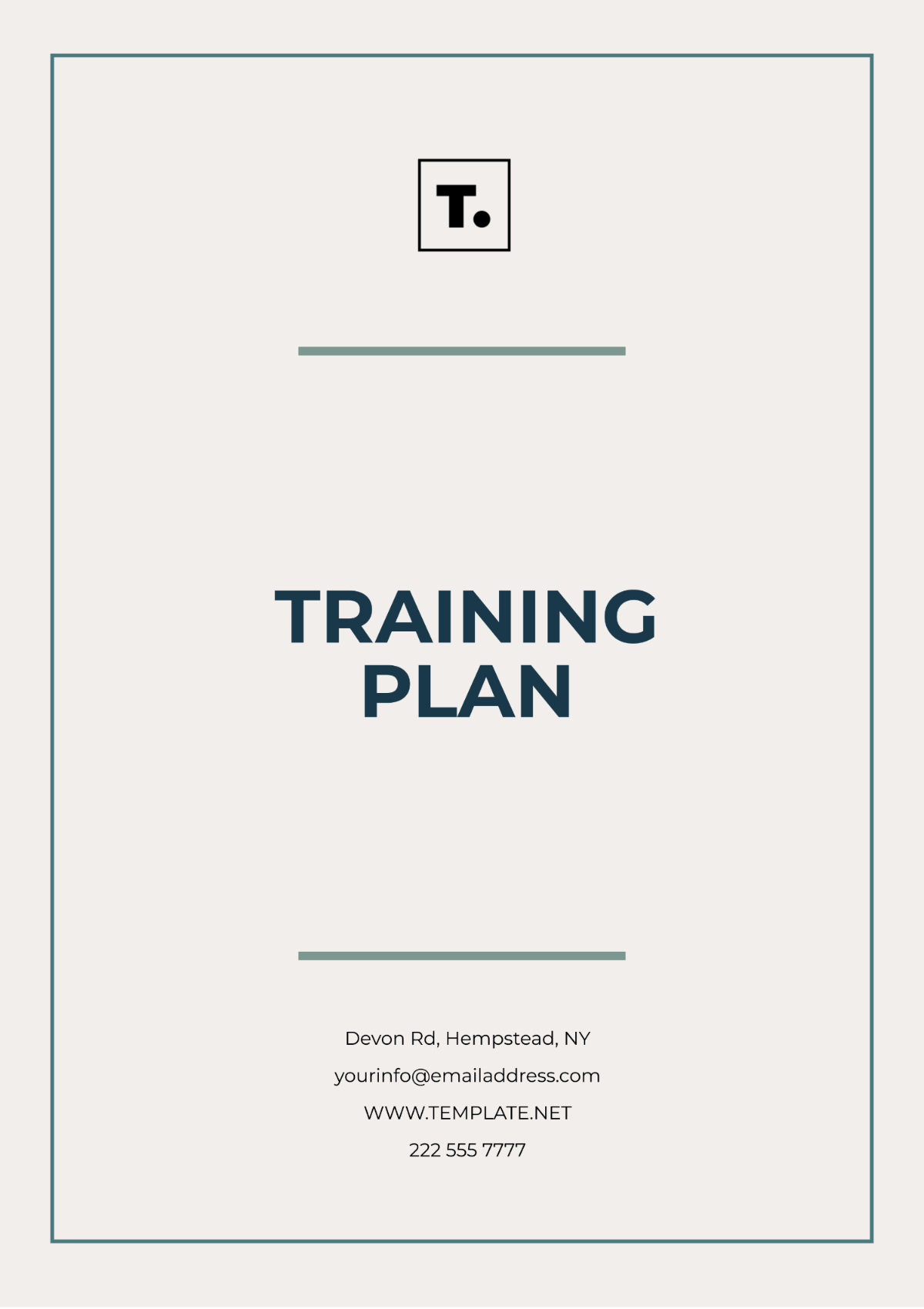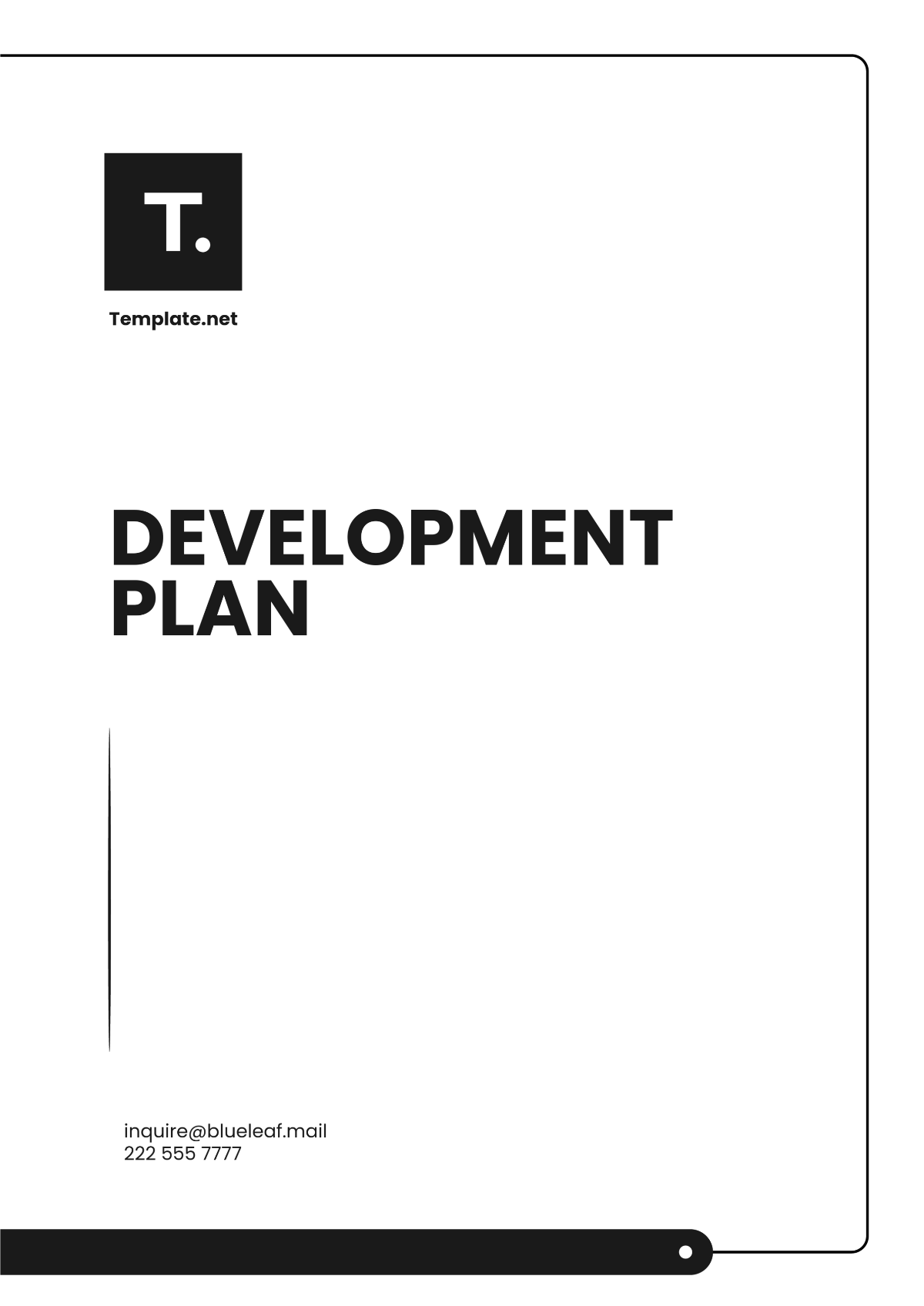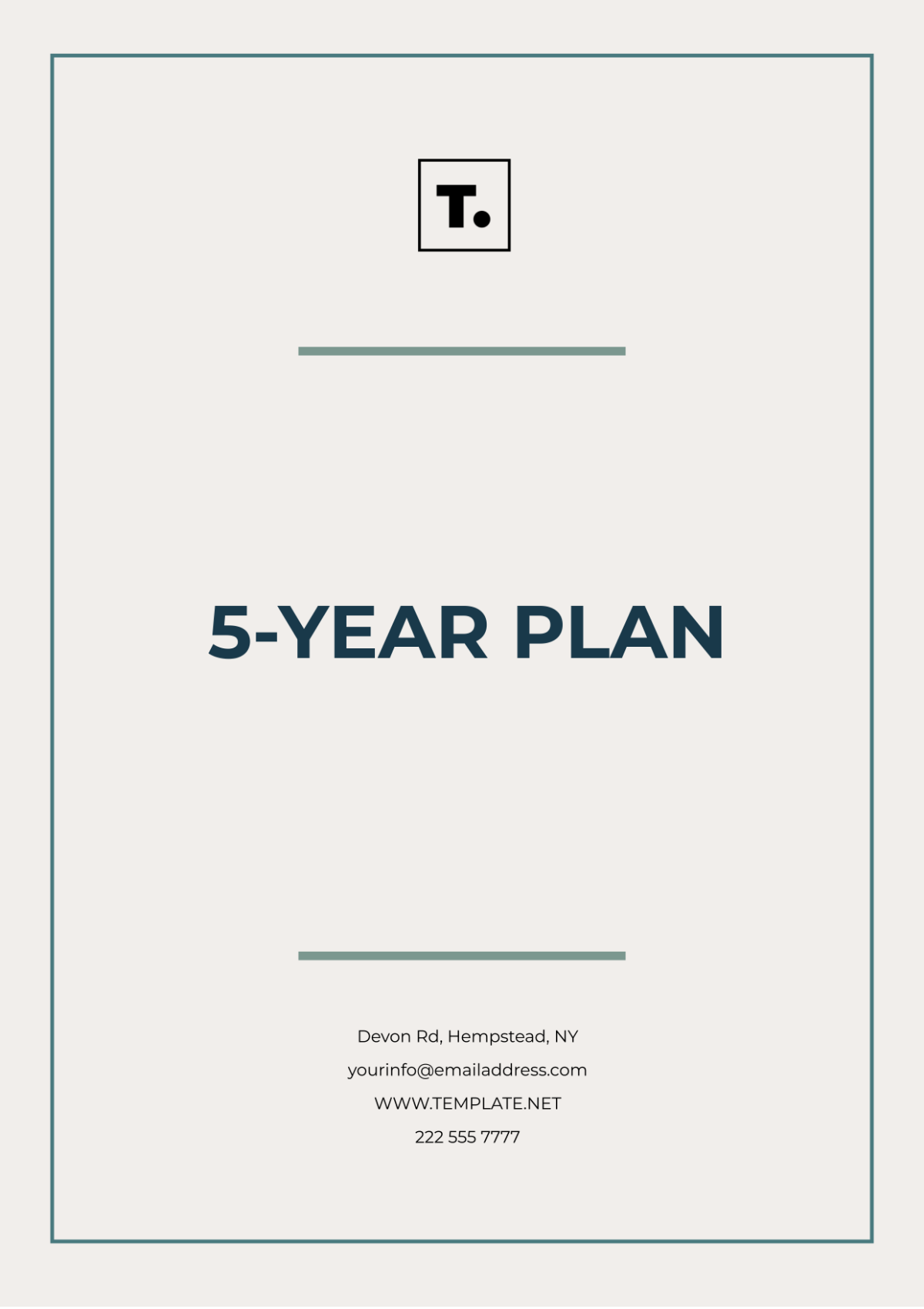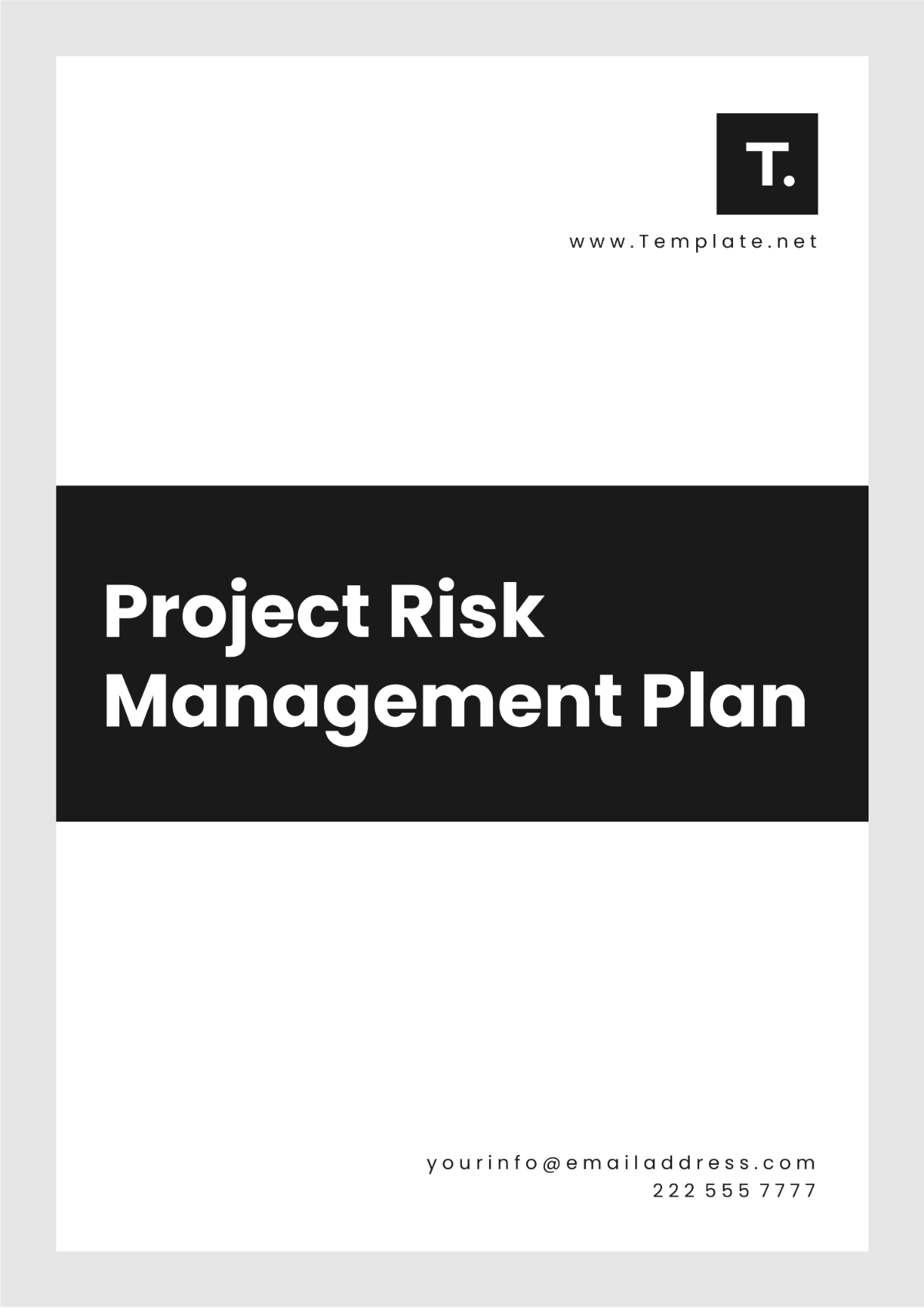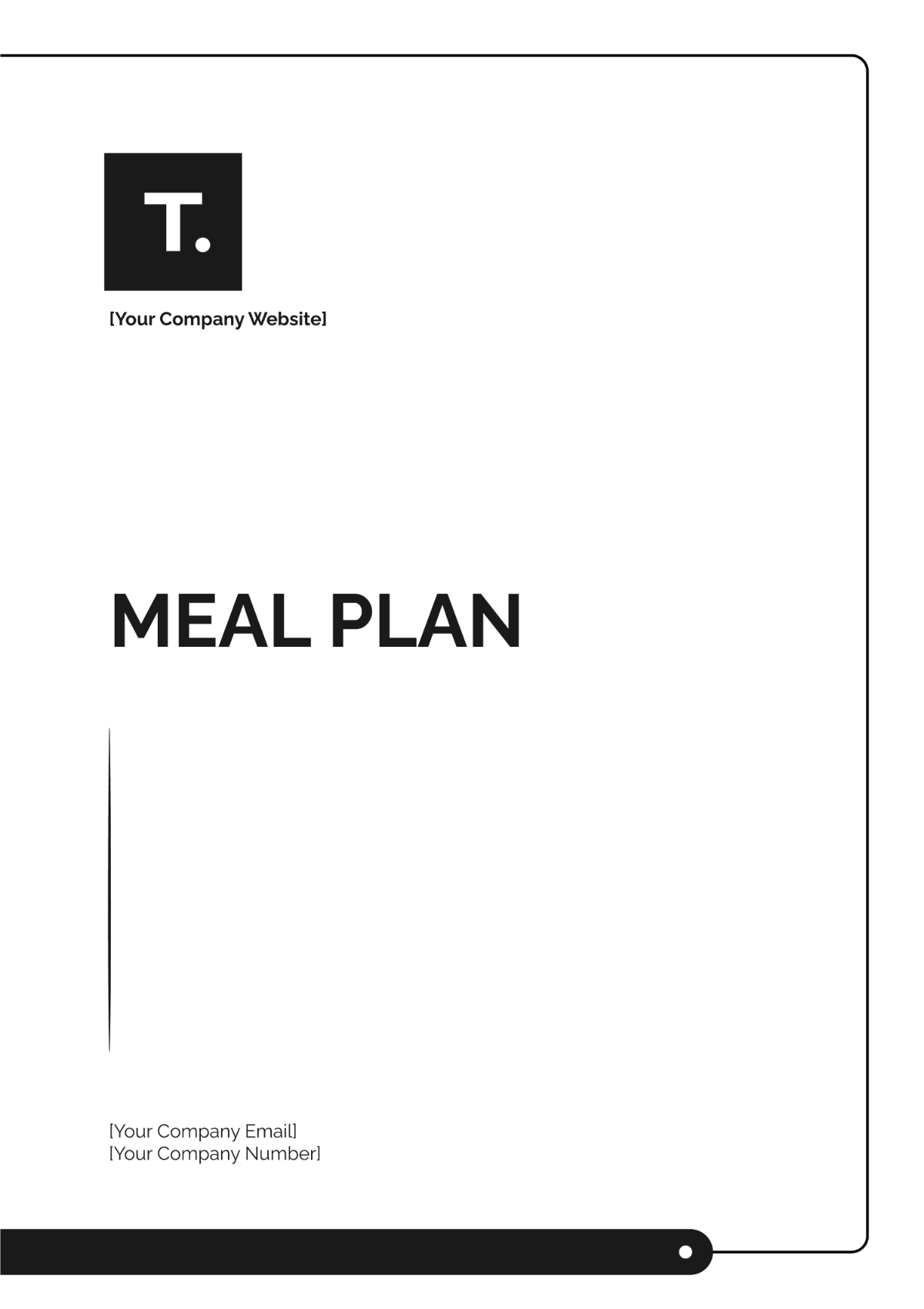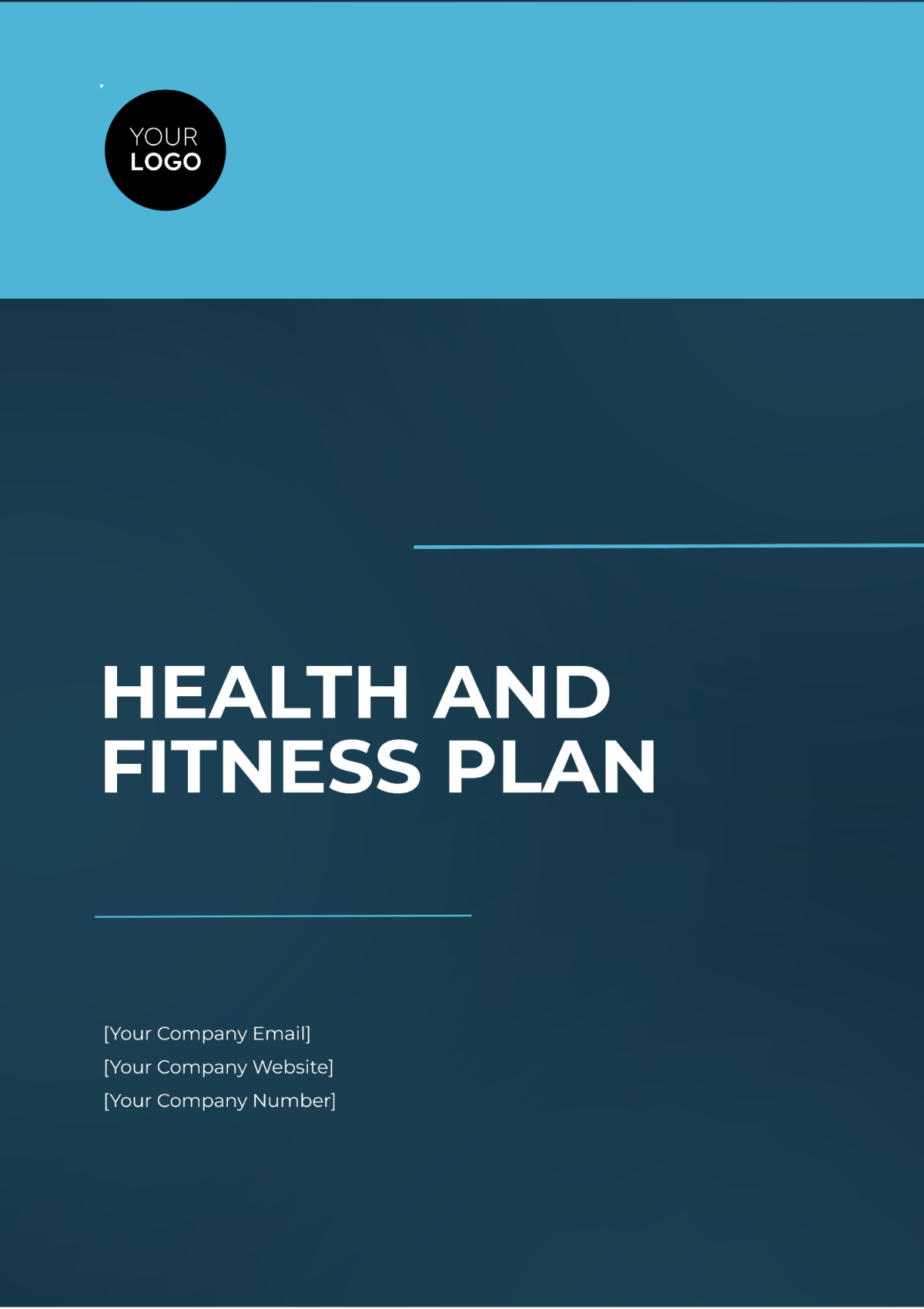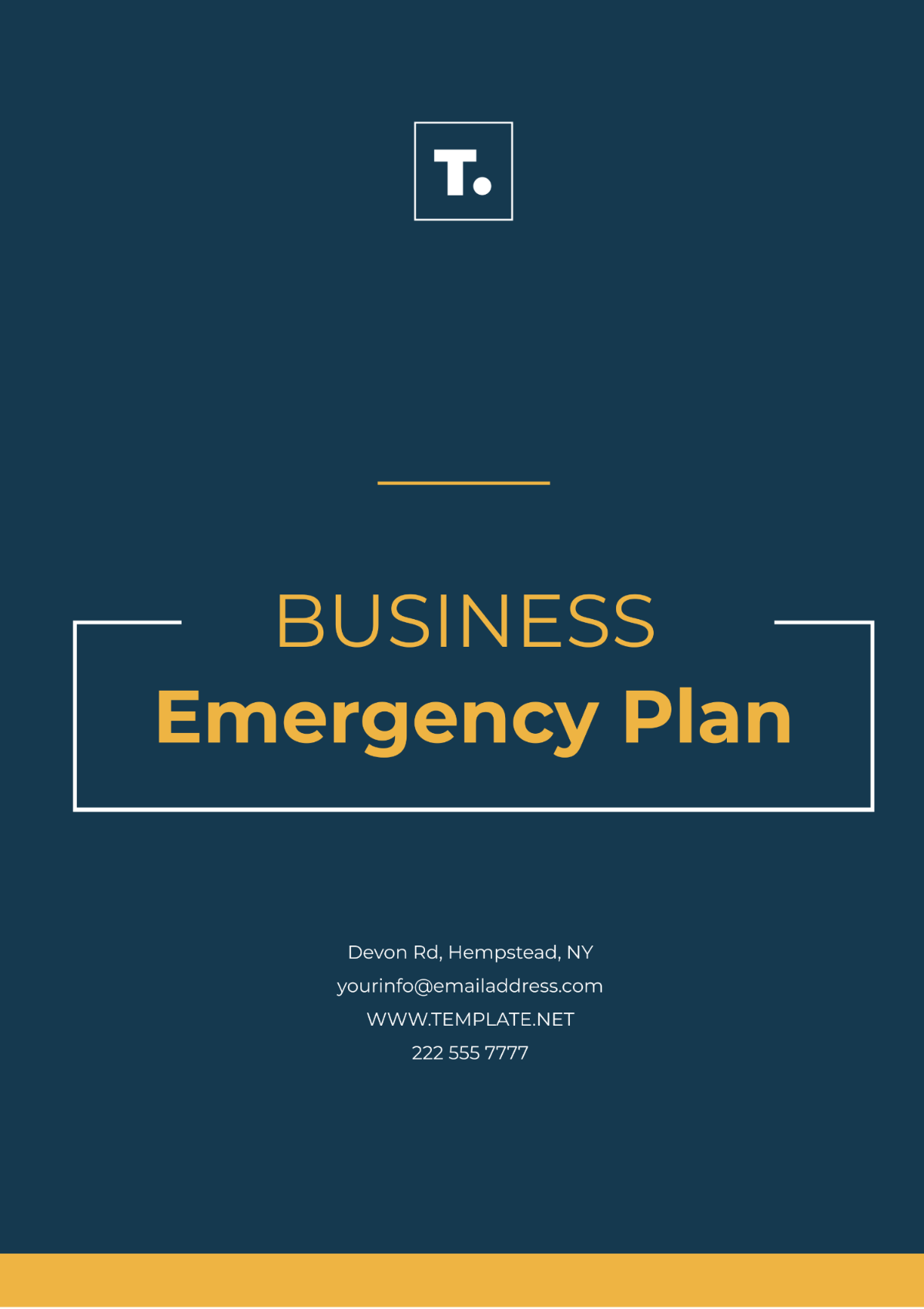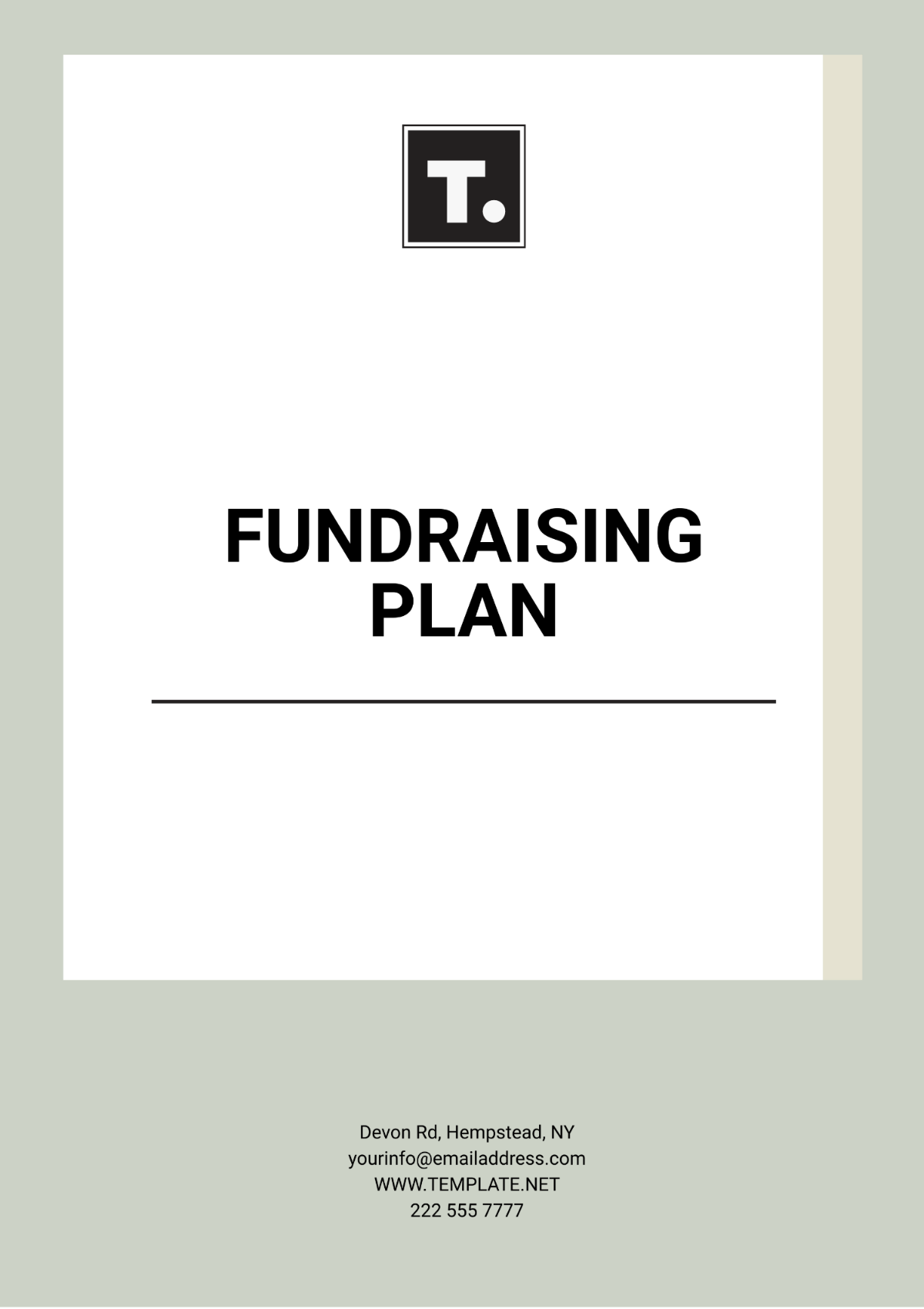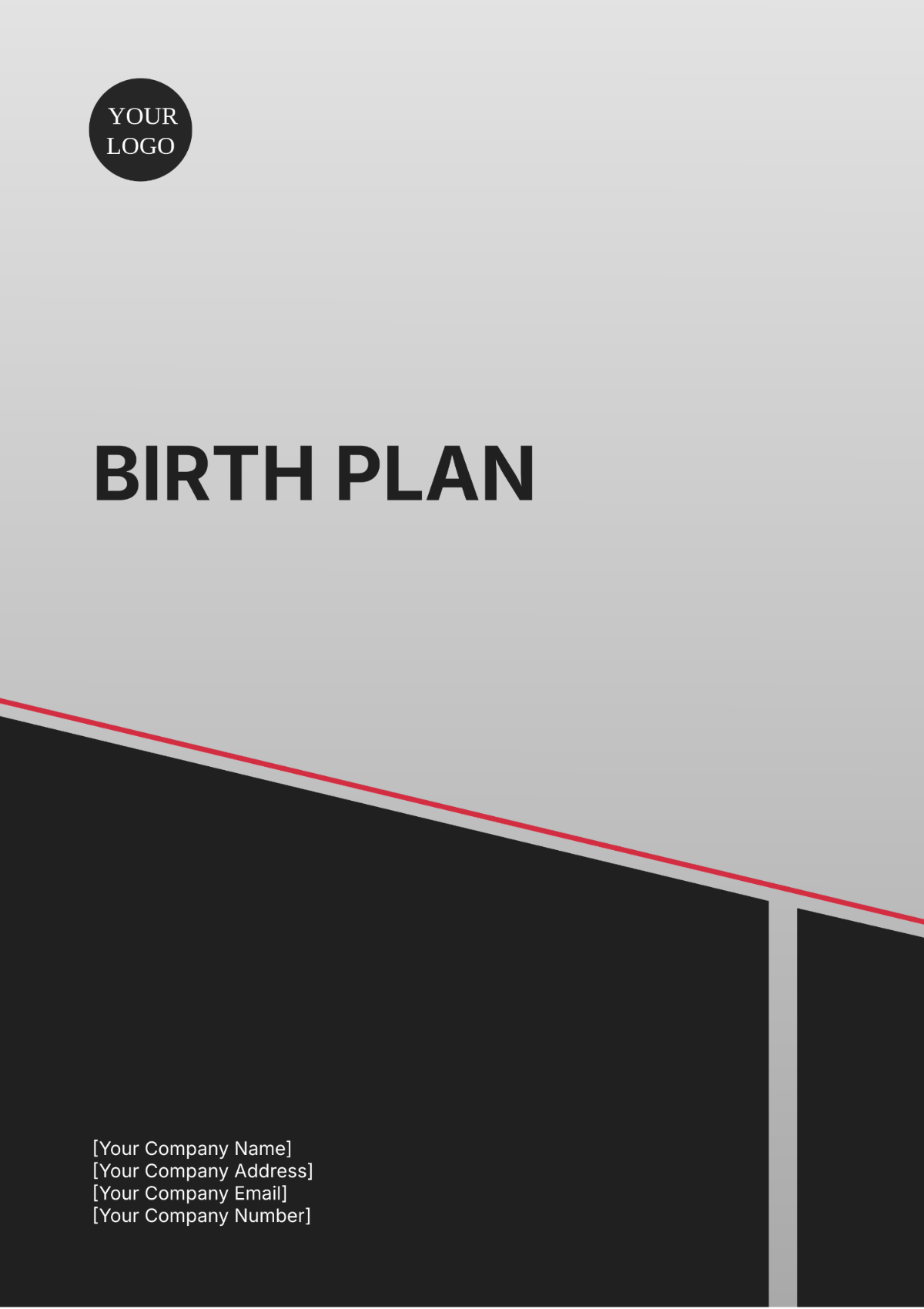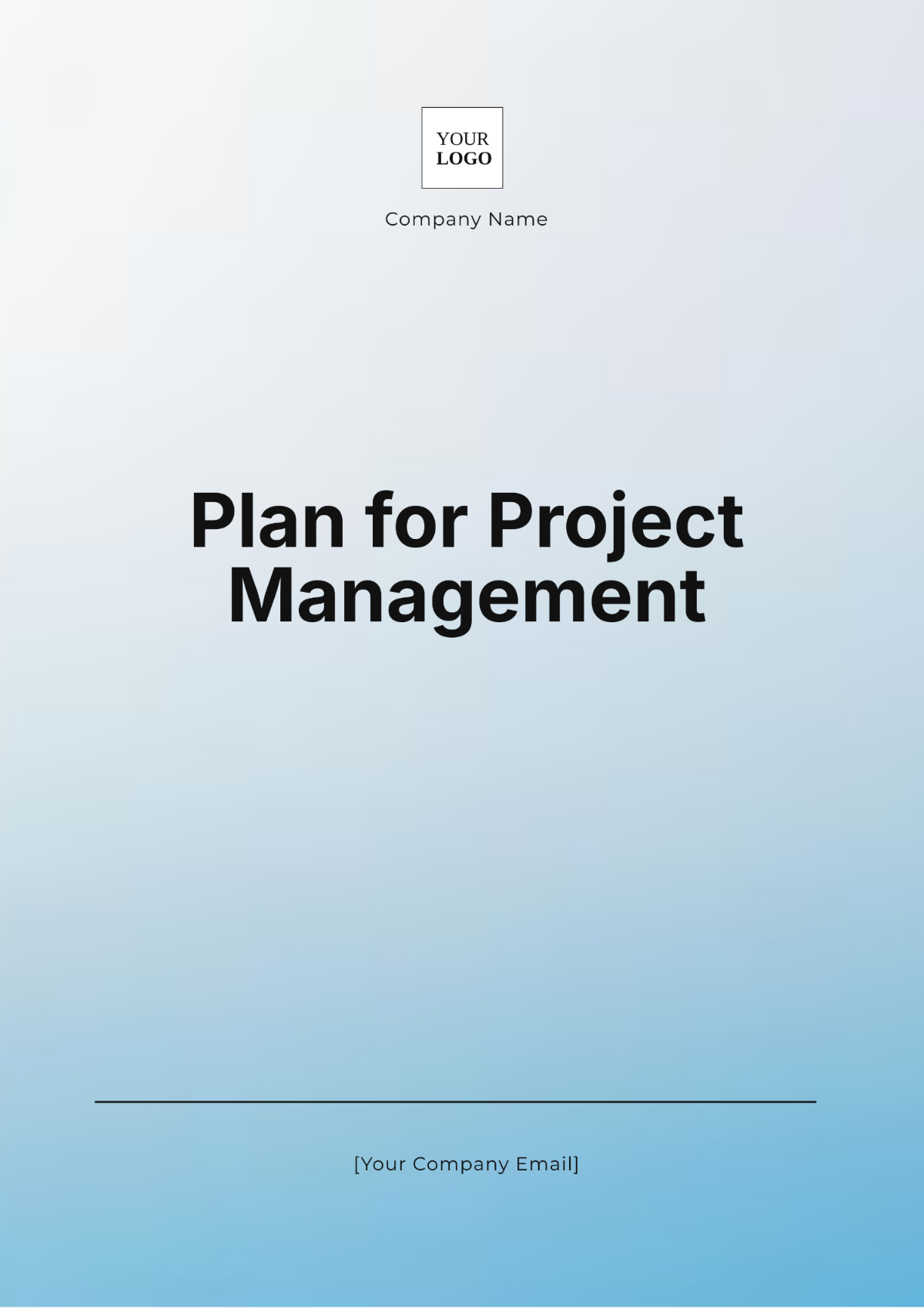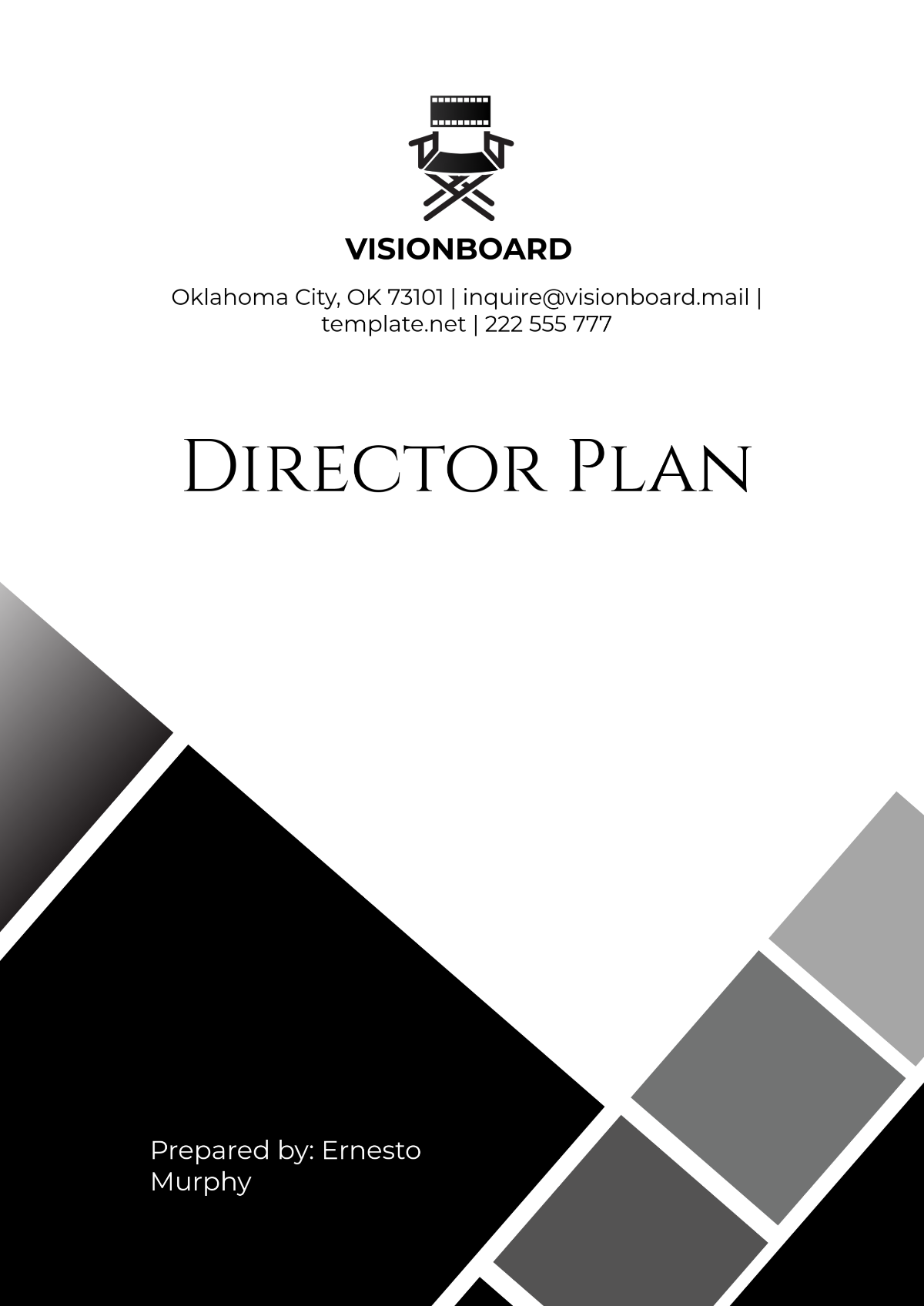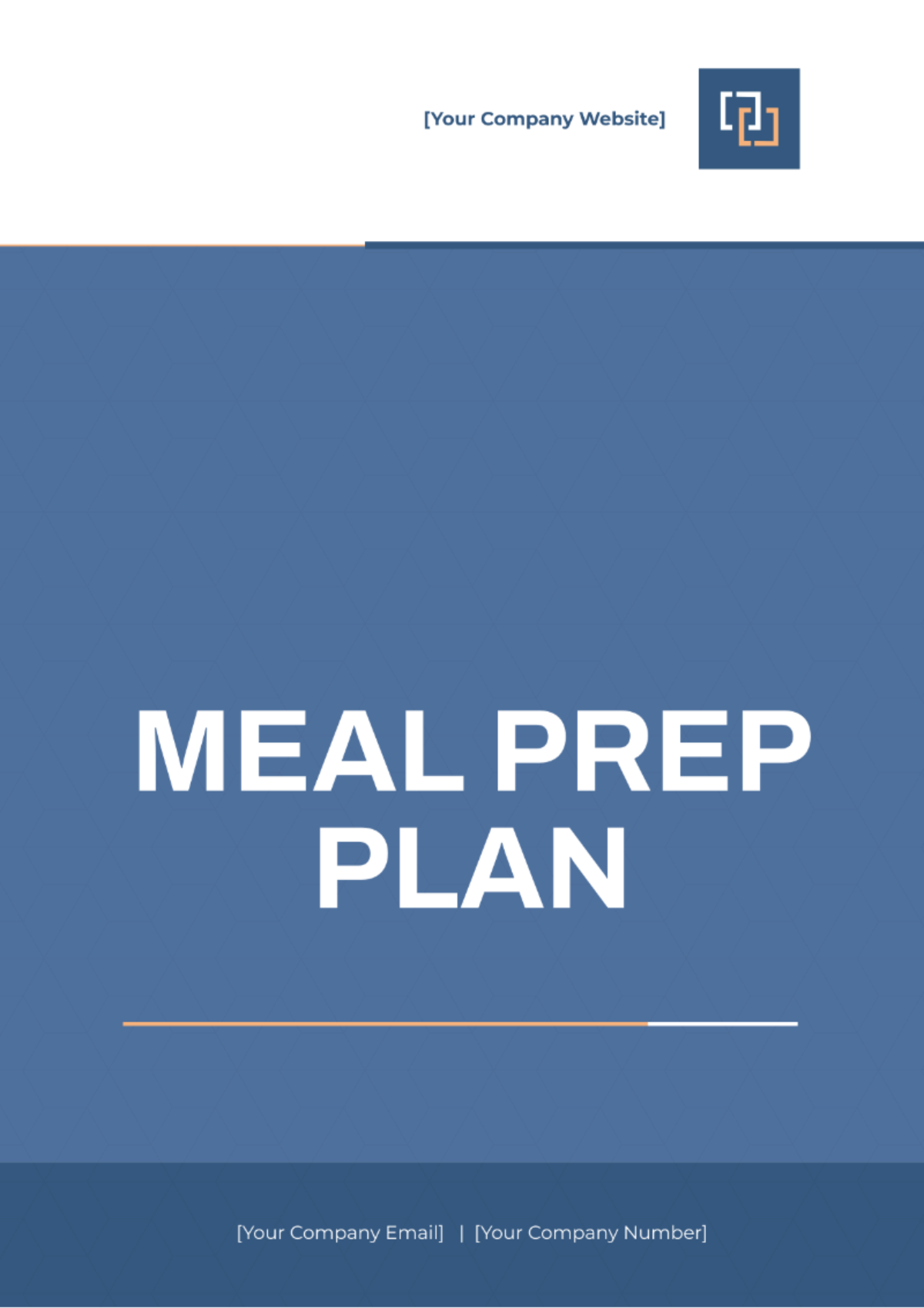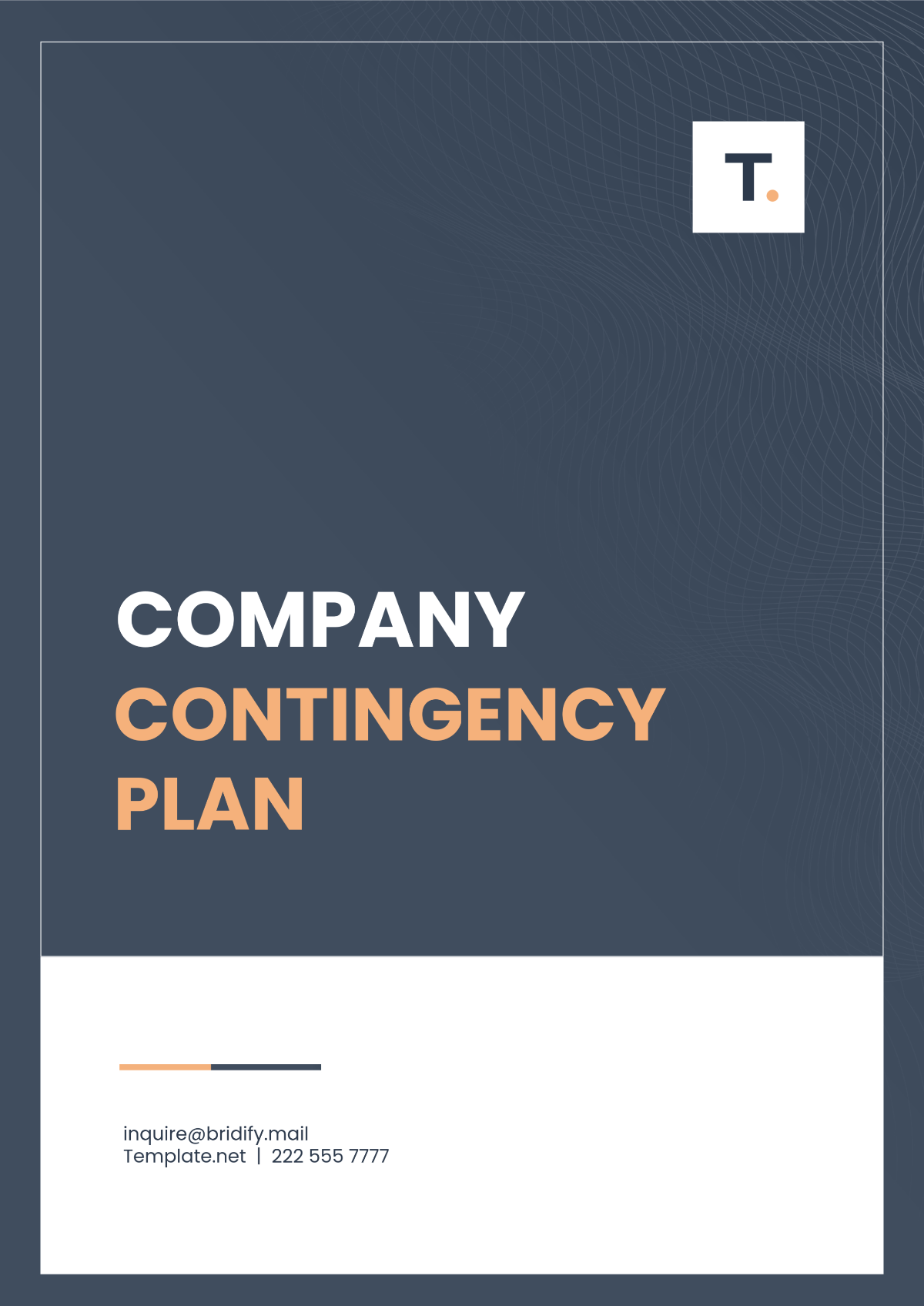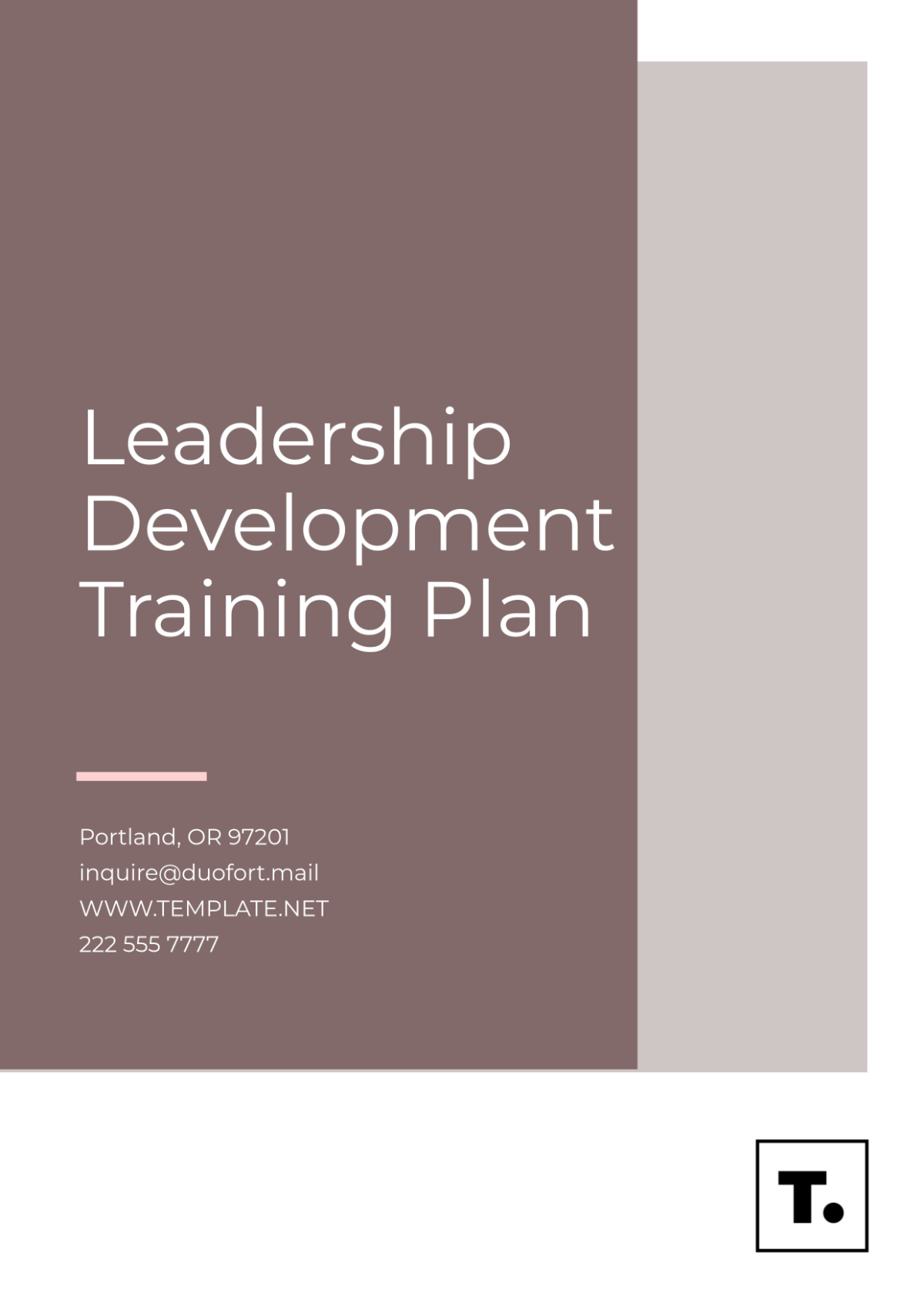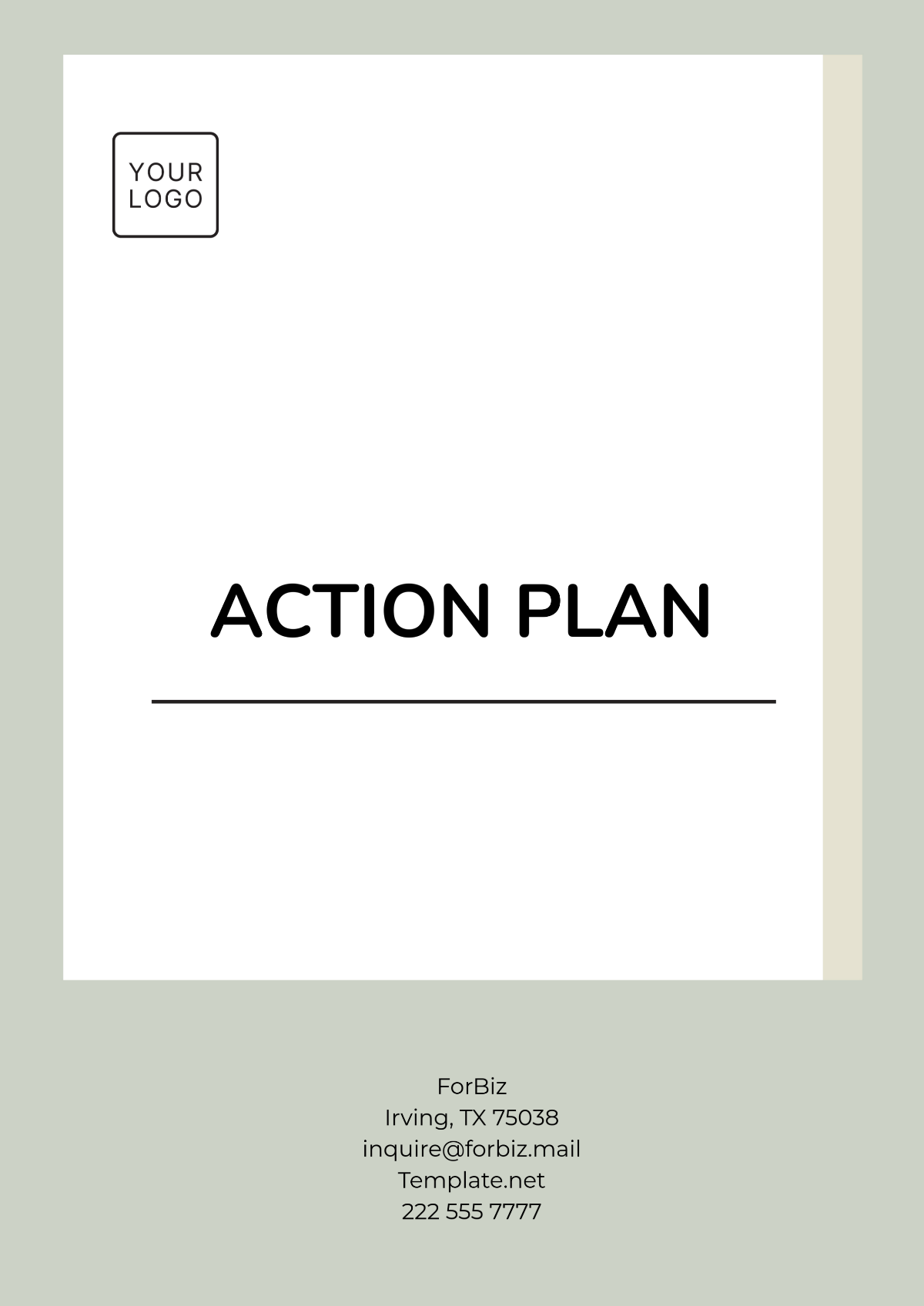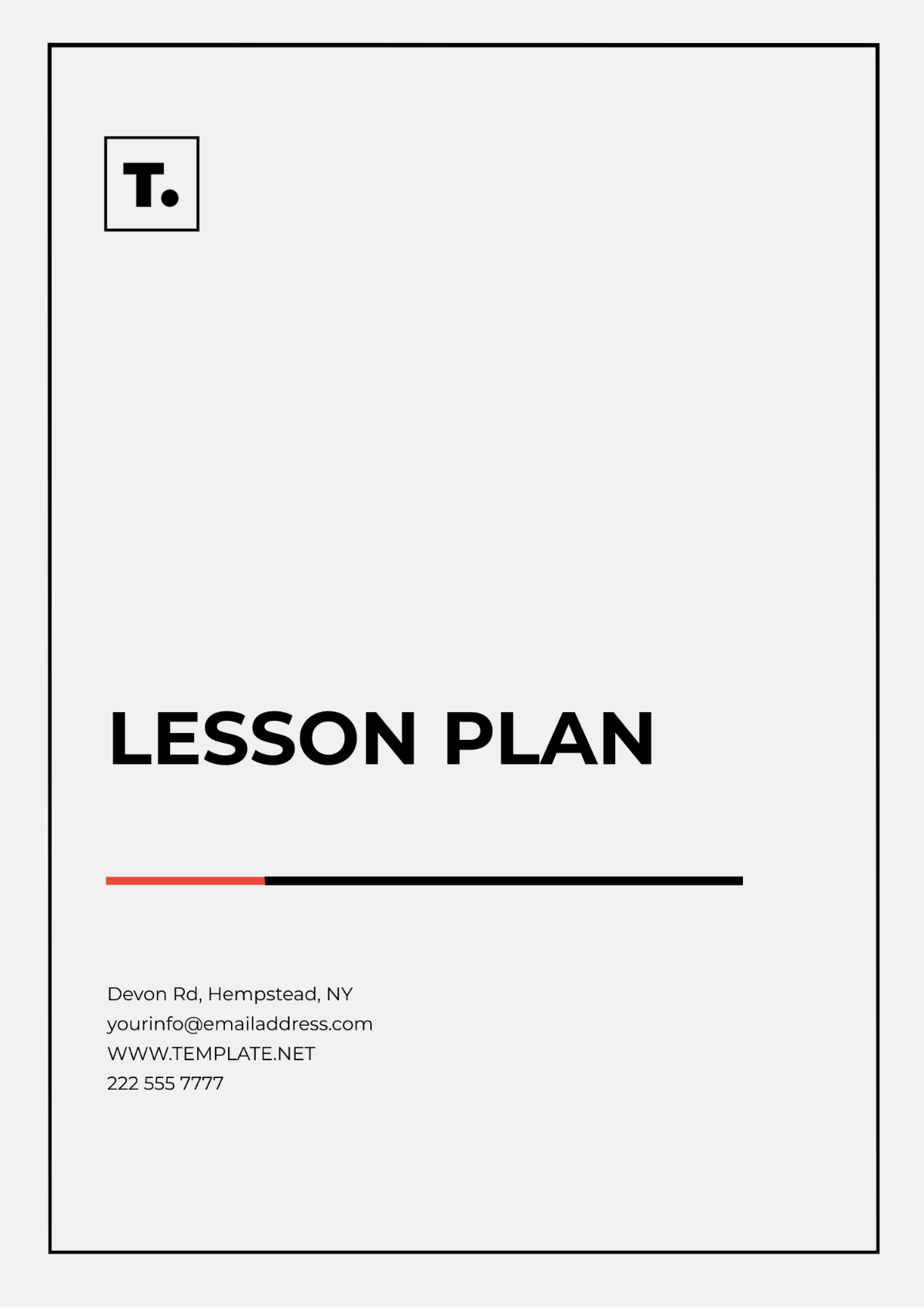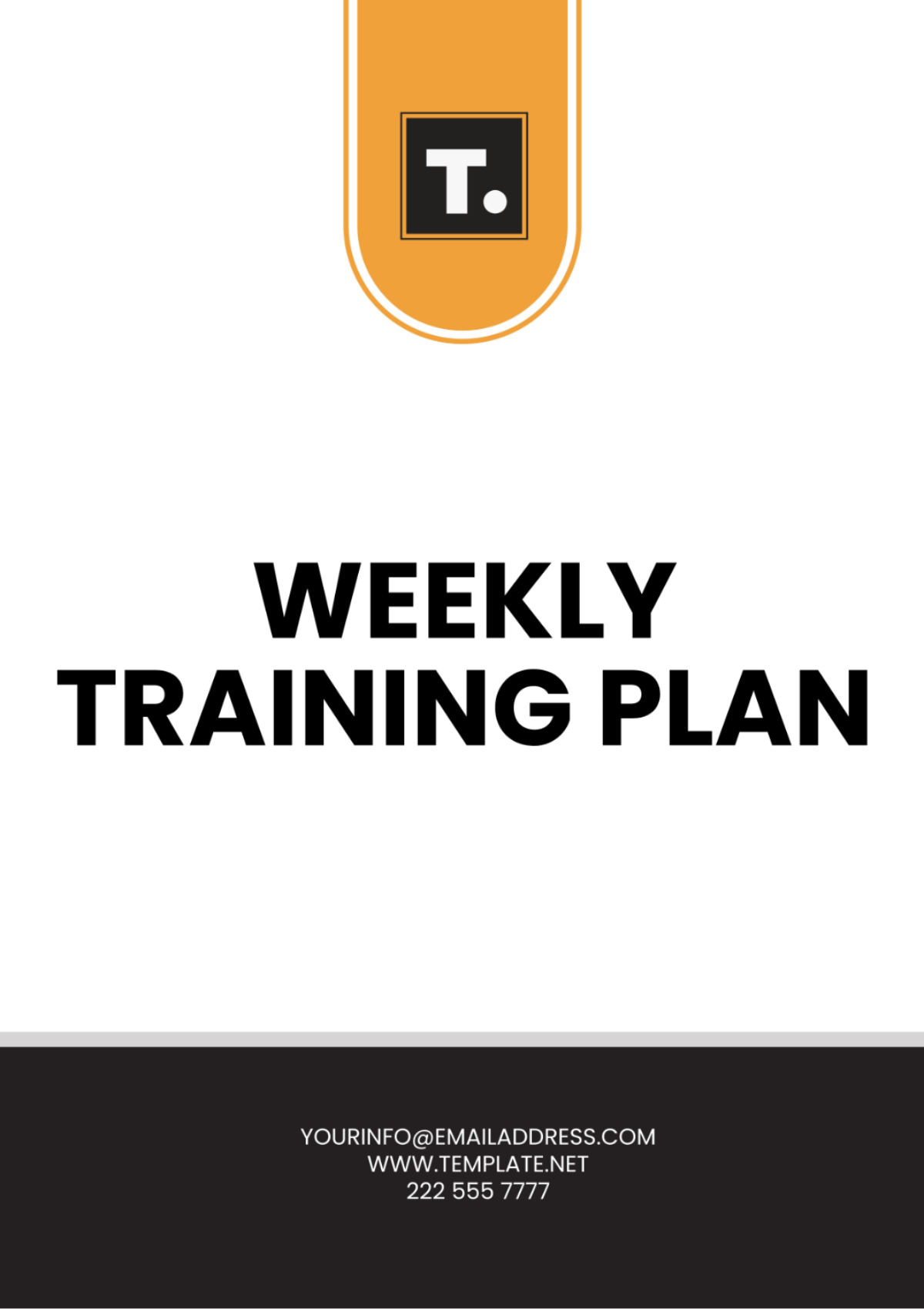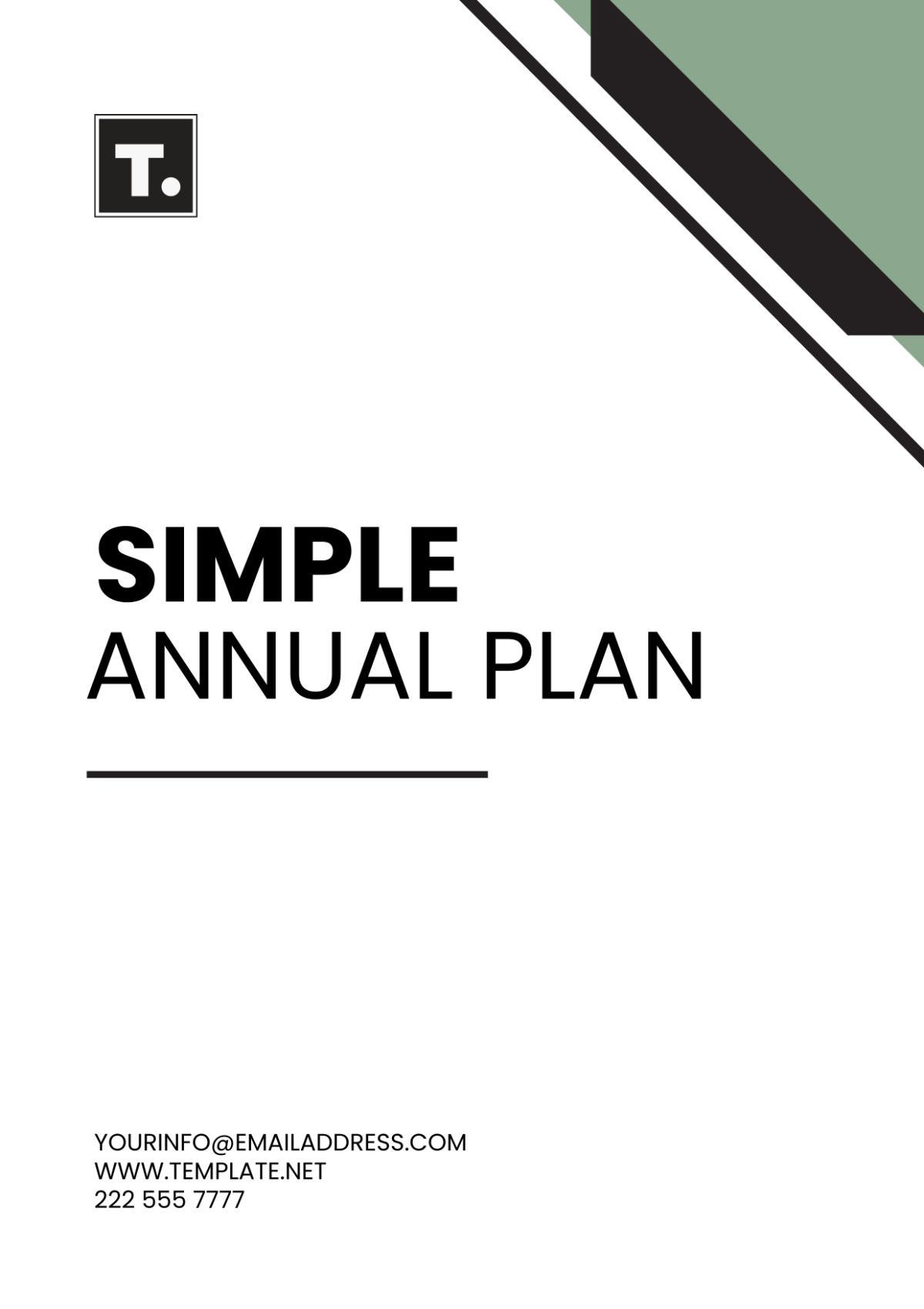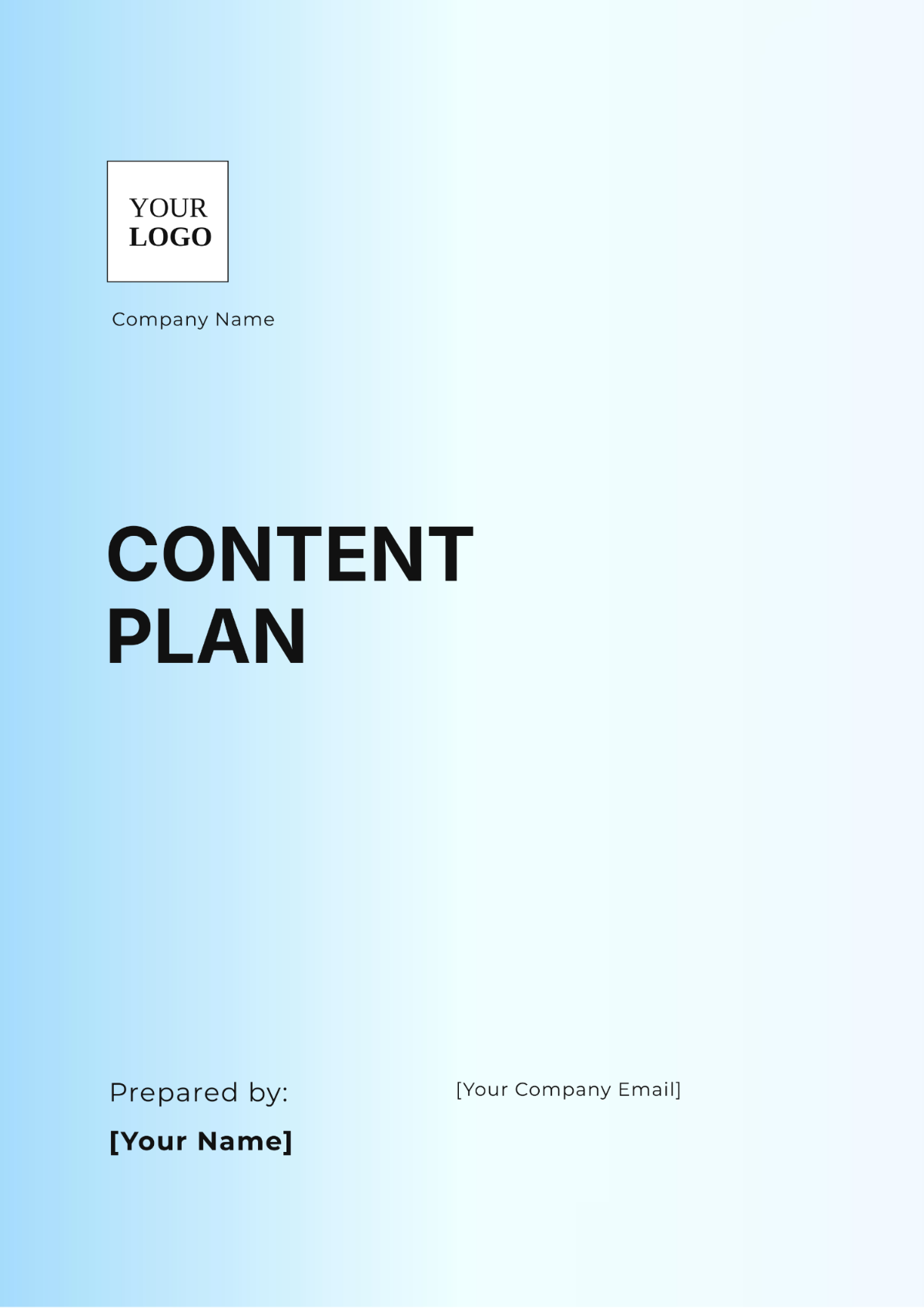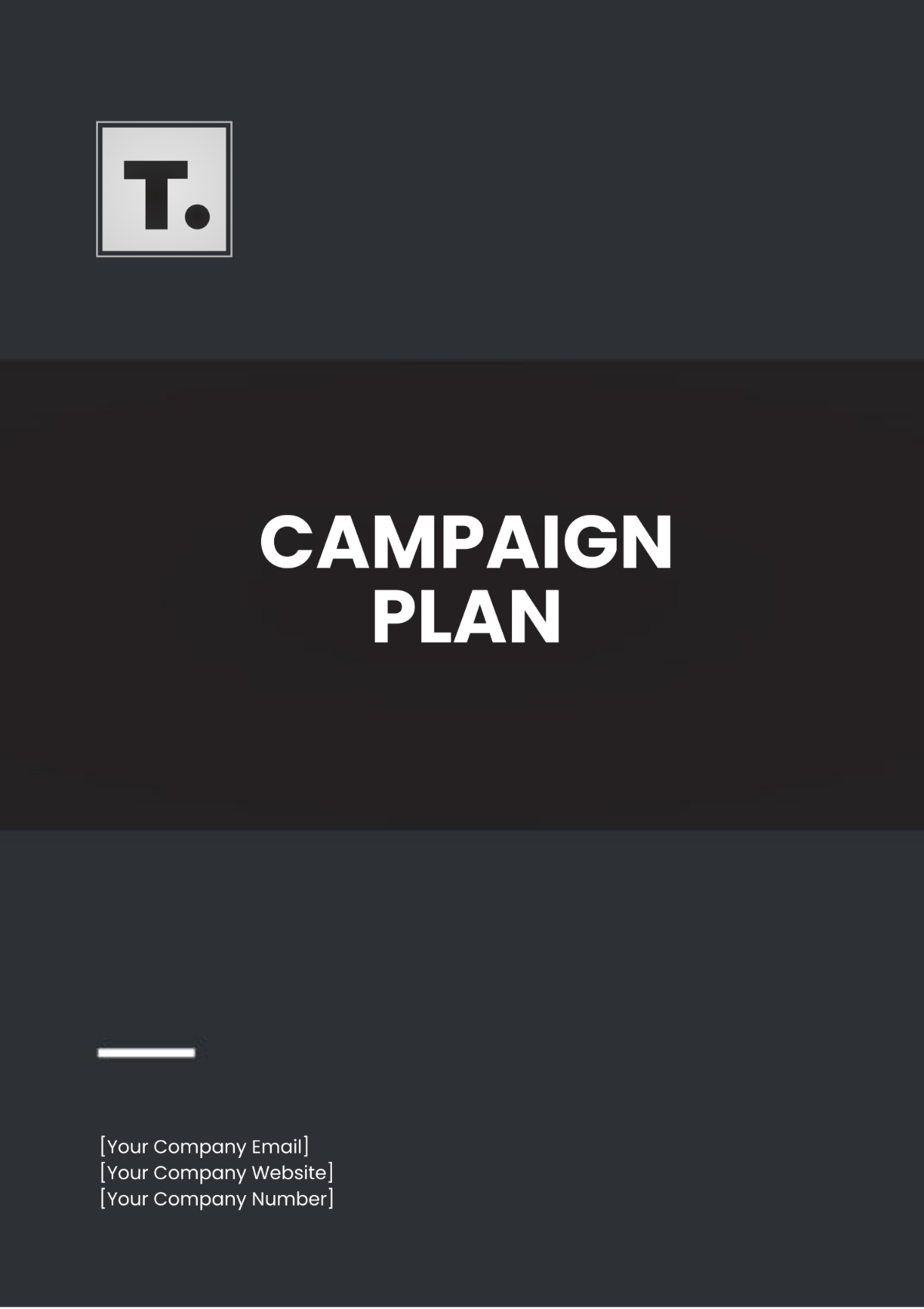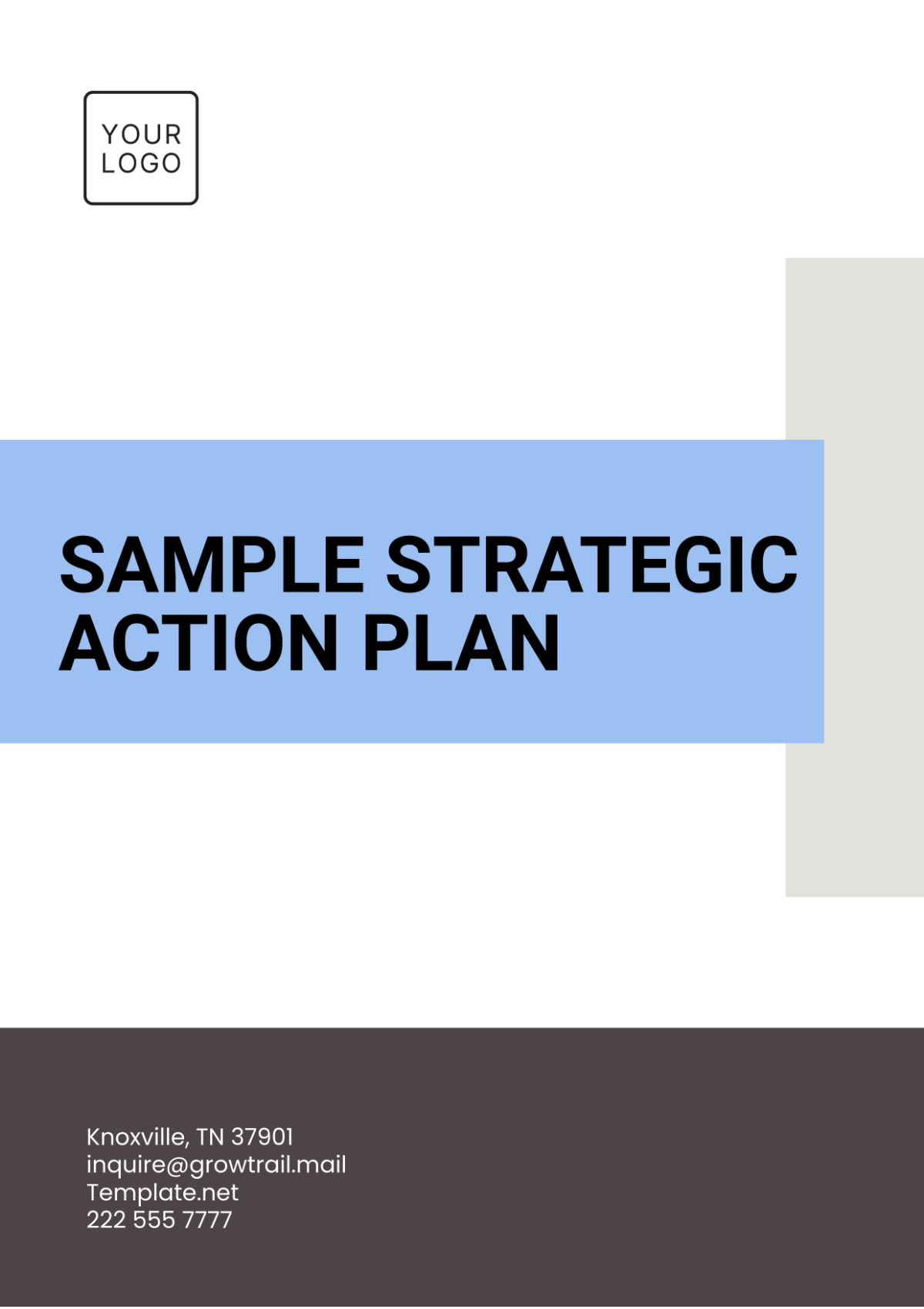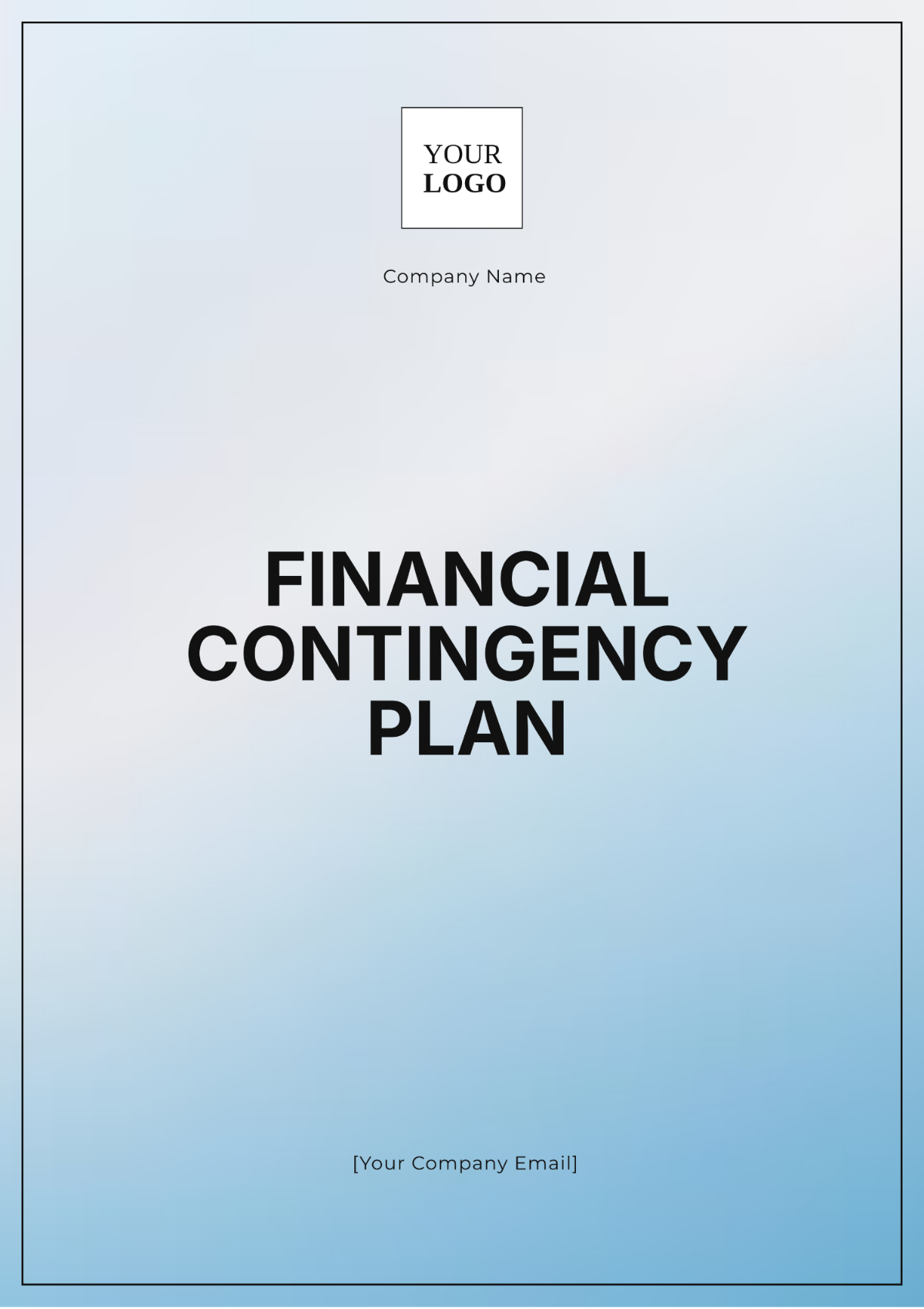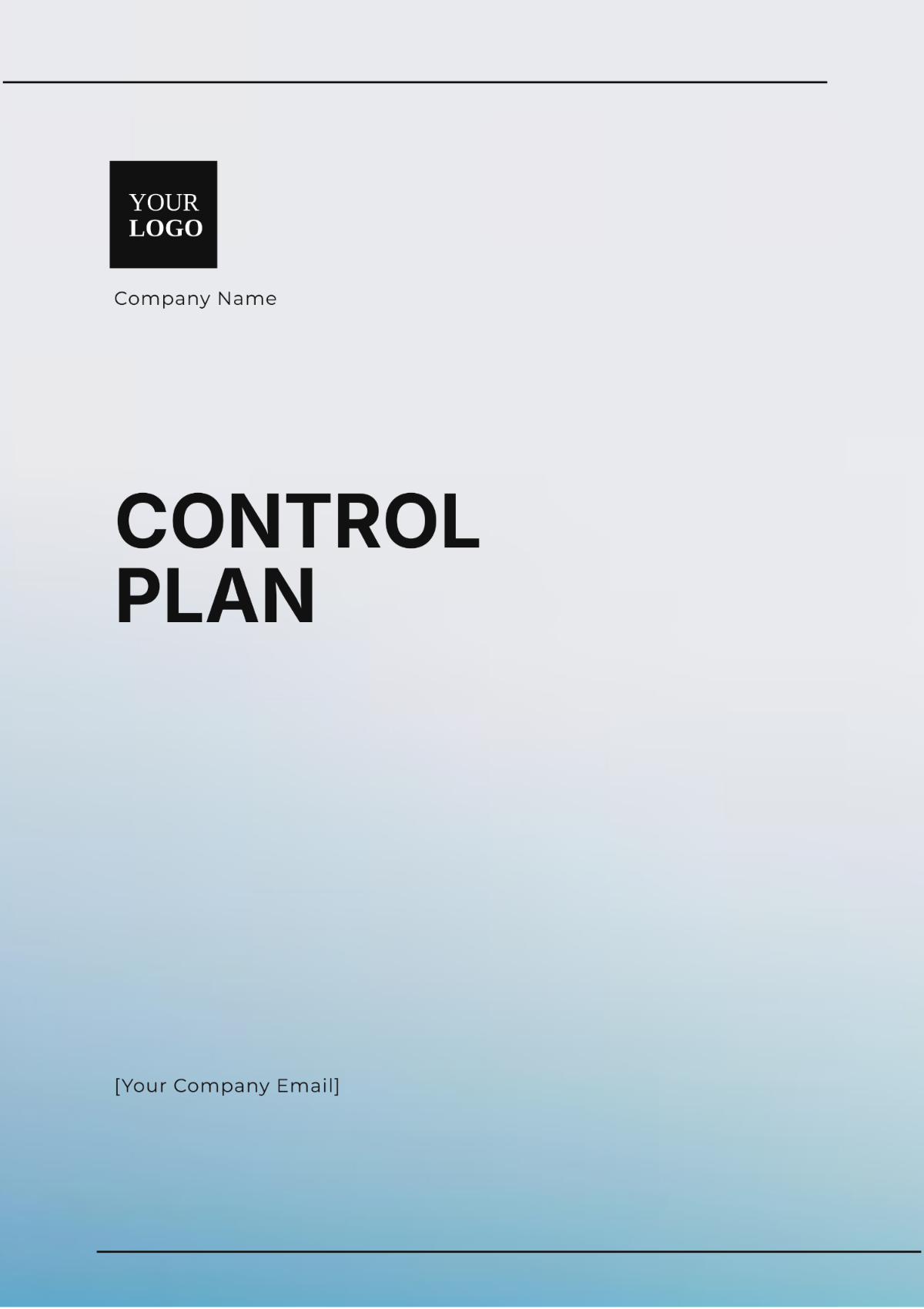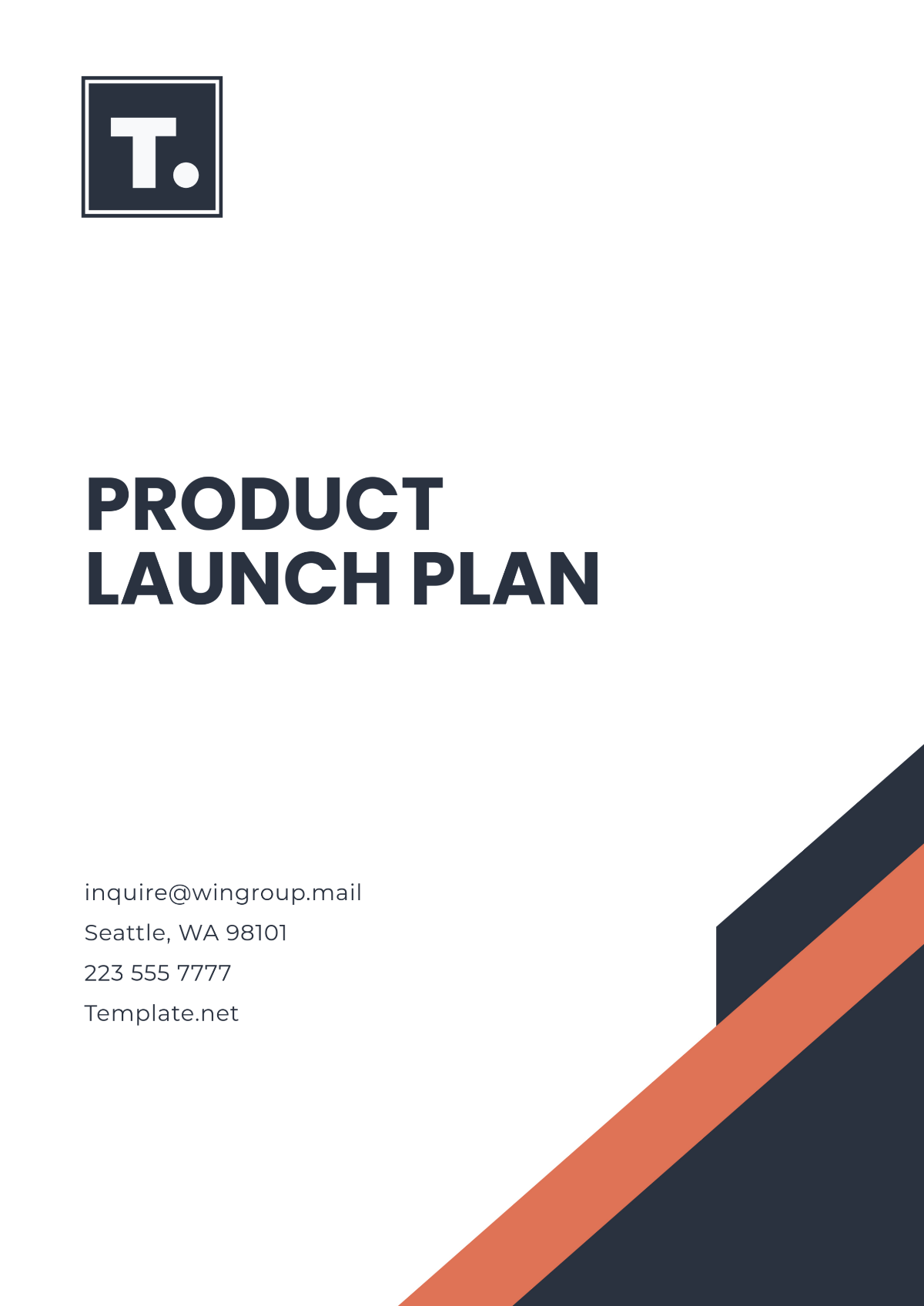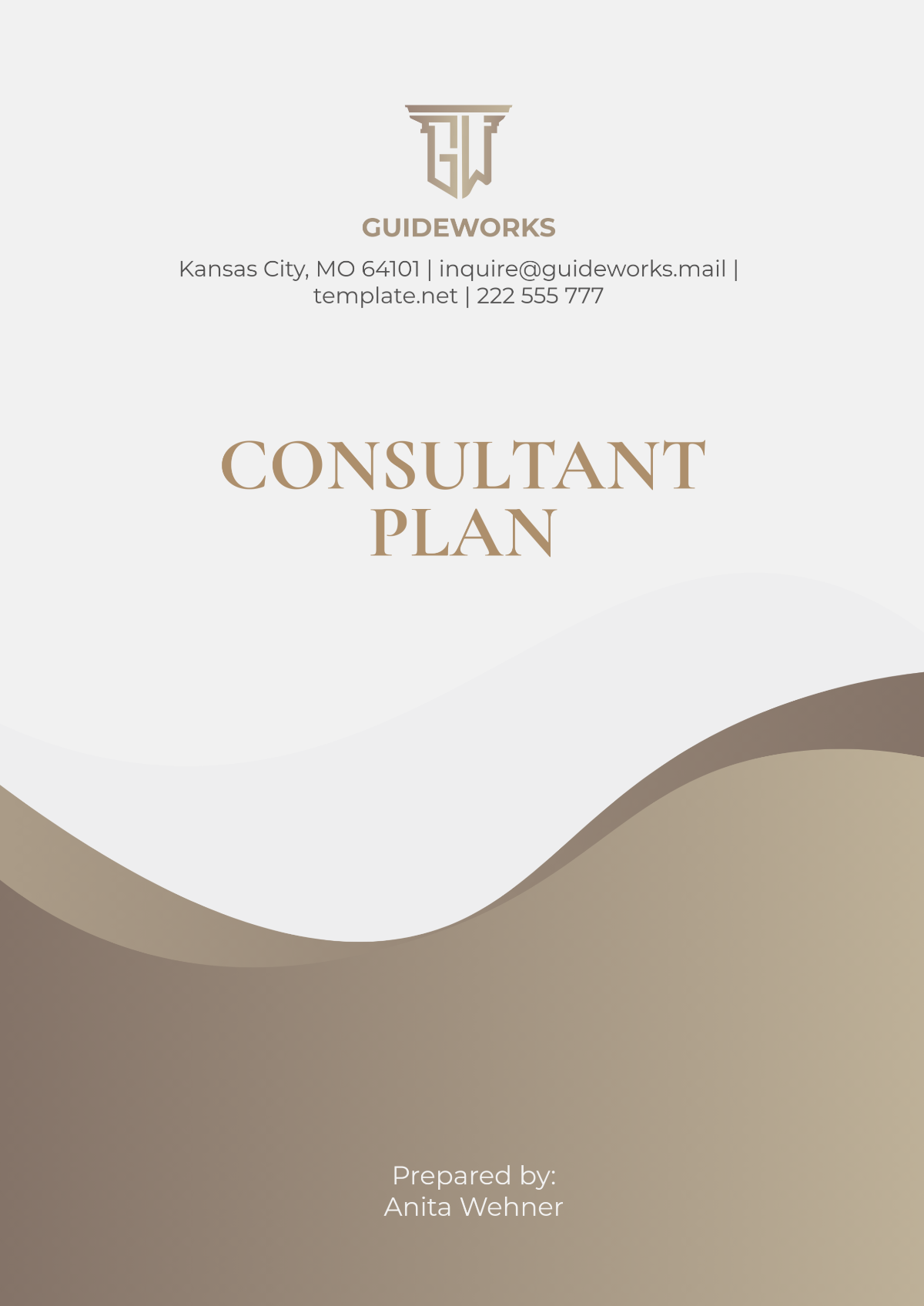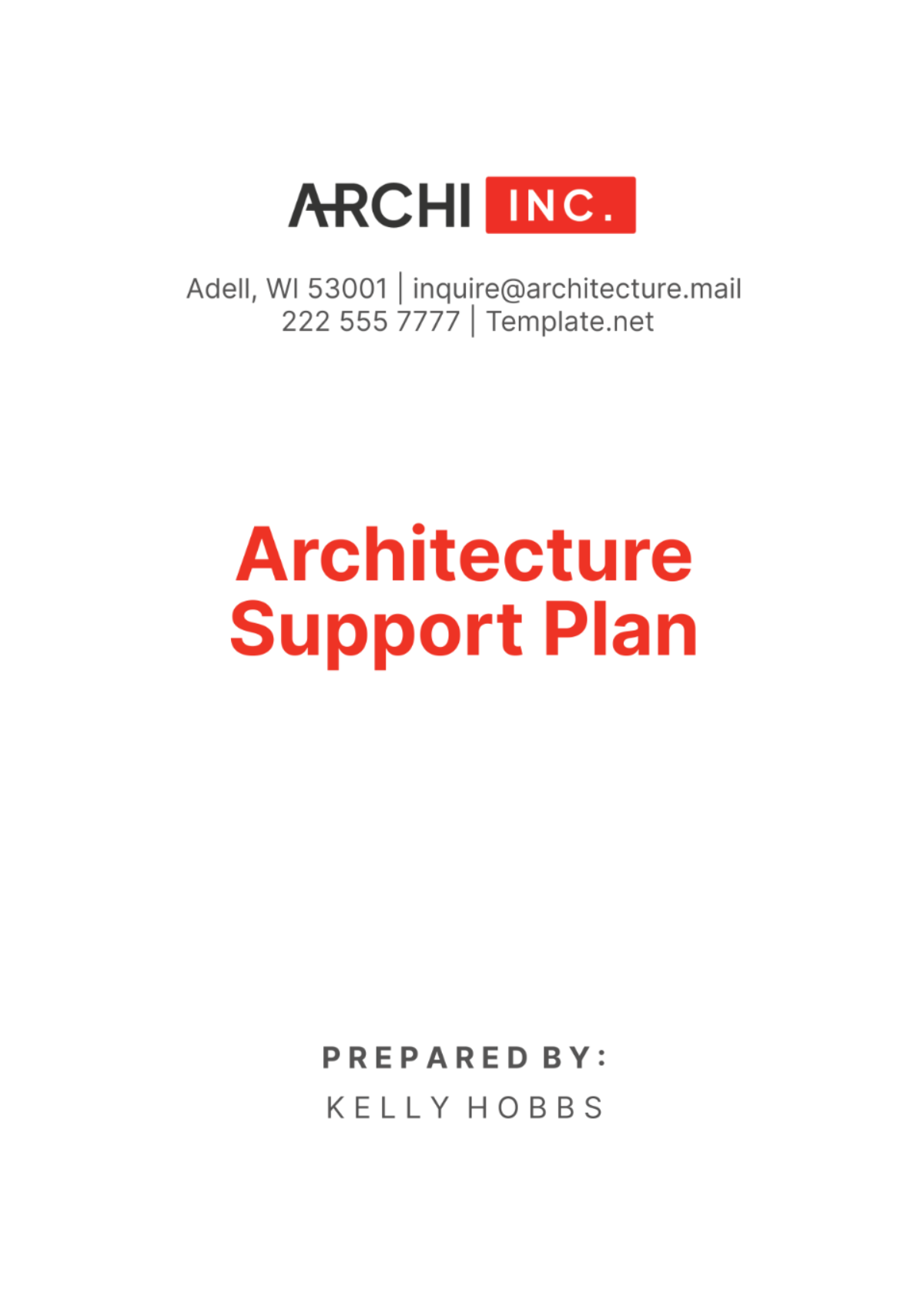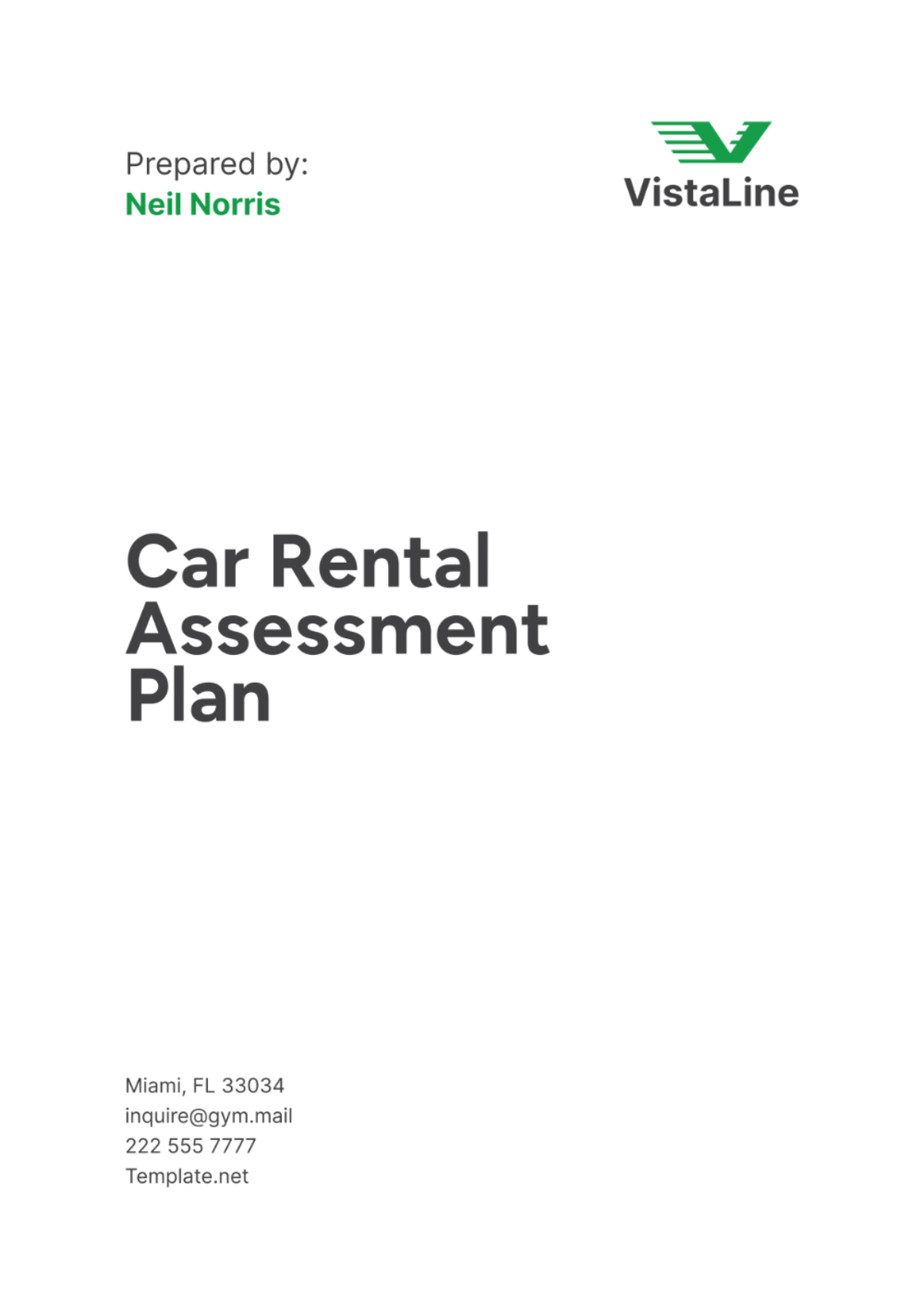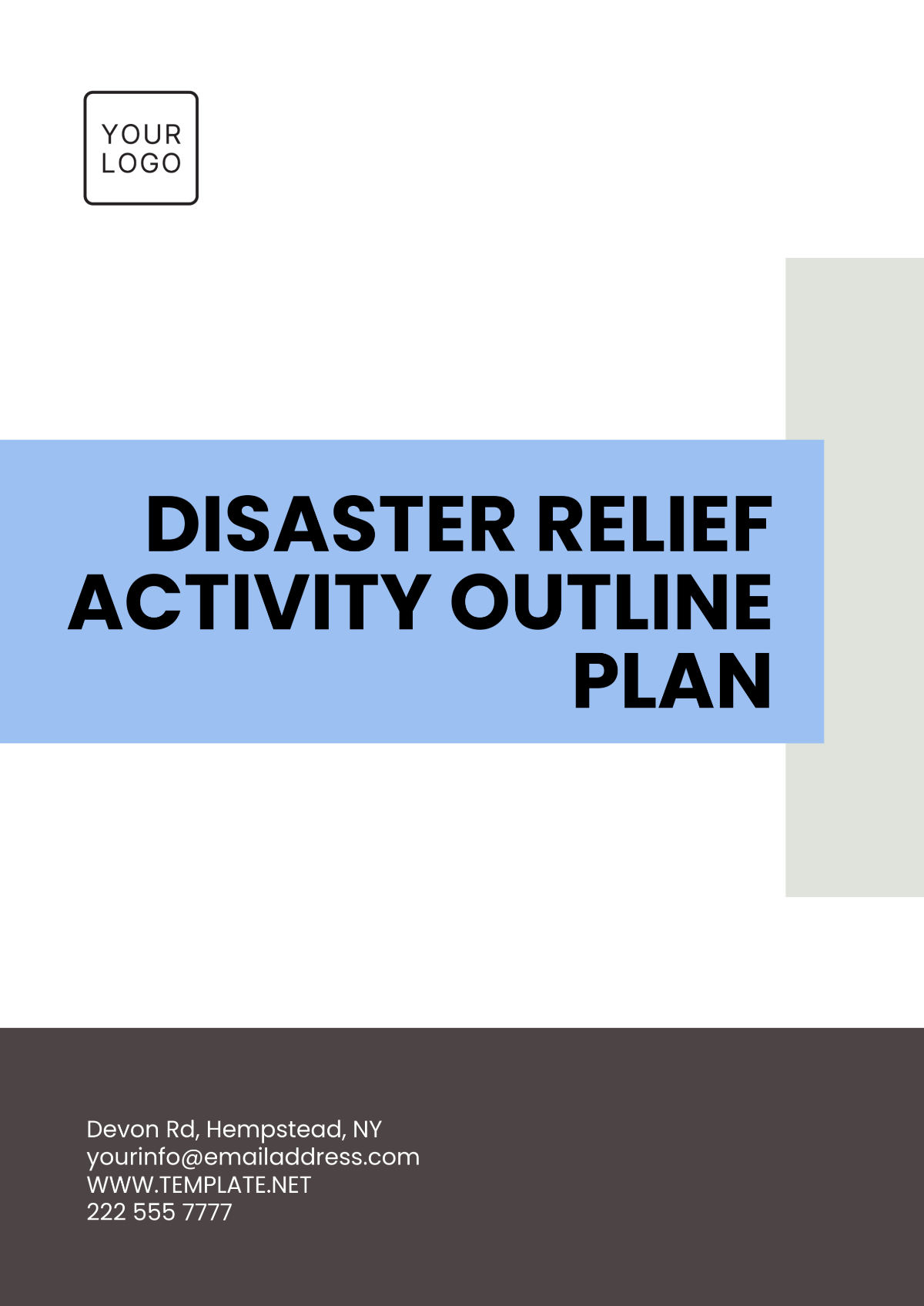Procurement Plan Layout
Prepared by: [Your Name]
I. Executive Summary
This section provides a high-level overview of the procurement plan, including the purpose of procurement, key objectives, and the planned approach. It serves as a summary for stakeholders who need a quick understanding of the procurement strategy.
II. Procurement Objectives
Goal Alignment: To acquire goods, services, or works that support the organization's strategic objectives.
Efficiency: Ensure timely and cost-effective procurement processes to meet project requirements.
Compliance: Adhere to legal and regulatory standards throughout the procurement process.
III. Scope of Procurement
Goods and Services: A detailed description of the products, services, or works to be procured.
Quantity and Specifications: The required amount and specific requirements for each item or service.
Project Requirements: Procurement needs related to specific projects or departmental functions.
IV. Procurement Methods
Competitive Bidding: The process of inviting multiple suppliers to submit proposals and select the best offer.
Direct Procurement: Acquiring goods or services from a selected vendor without competitive bidding, often due to urgency or specialization.
Negotiation: Engaging with suppliers directly to finalize terms and conditions when competitive bidding isn't feasible.
V. Budget and Cost Estimates
Estimated Budget: The total financial allocation for procurement activities, including overhead and operational costs.
Cost Breakdown: A detailed list of individual cost estimates for each item or service being procured.
Contingency Funds: Reserved funds to cover unexpected costs or price fluctuations.
VI. Timeline
Procurement Start Date: The date procurement activities will commence.
Key Milestones: Major deadlines, including tender submission, supplier selection, and contract signing.
Completion Date: The final date by which all procurement processes are expected to be completed.
VII. Risk Management
Identification of Risks: Potential risks, including supply chain disruptions, cost overruns, and delays.
Risk Mitigation Strategies: Plans to minimize or address risks, such as having backup suppliers or negotiating fixed-price contracts.
Monitoring and Contingency Plans: Continuous risk monitoring throughout the procurement process, with contingency plans in place.
VIII. Supplier/Contractor Selection
Selection Criteria: The factors to be considered when choosing suppliers or contractors, include experience, price, quality, and reliability.
Evaluation Process: The steps involved in evaluating potential suppliers, including scoring and comparison methods.
Contract Negotiation: The process of finalizing terms, including payment schedules, delivery deadlines, and quality assurances.
IX. Approval and Sign-off
Approval Process: The individuals or committees responsible for reviewing and approving the procurement plan.
Sign-off Requirements: Documentation or formal sign-off is required before the procurement process can begin.
Stakeholder Involvement: Key stakeholders who must approve or provide input into the procurement process.
